Bel Ami is pleased to present Bloom, a group show curated in collaboration with Orion Martin.
Four murals act as the backdrop for the show: appropriations of paintings by Michel Majerus, realized through documentation gleaned online and in books, painted directly onto the walls of the space, approximate monumental paintings never seen in person by Martin or Bel Ami. A giant sneaker next to a generically geometric abstract shape tries to replicate a 1997 installation from a group exhibition Majerus participated in at Städtische Galerie Nordhorn.
Opposite from it, Caitlin Mitchell-Dayton’s Bloom, after which the show is named, stands as an equally colossal figure: the portrait of a San Francisco art student circa 2003 rendered in beefy brushstrokes, it encapsulates the era’s perfectly indie style. Feeling as fresh now as fifteen years ago, and transcending its documentarian impulse, the burgeonning identity of the young larger-than-life woman appears almost like an icon, similar to Watteau’s Pierrot, which once possibly hung as a sign in a café (it now hangs in the Louvre). Can the same shoe be attractive to everyone, and forever?
Nearby, Flannery Silva’s Bumper Ballerina sits. Based on a bird cage-like prison with a heart dangling inside, featured in the world of Elisa Design—an online illustrator who Silva purchases digital doll renderings from—Silva’s version is covered in foam tubing that acts as a protective bumper, similar to what you’d see on the bars of a baby’s crib or the handlebars of a child’s bicycle. Hanging inside the cage are two dangling novelty fishing lures shaped like penises. They are positioned to echo a ballerina’s legs en pointe, dangling above a reflective dance floor, mirroring the cage, its content and its surroundings in a circular pool of hot pink.
Sean Kennedy’s paintings on plexiglas circles originate from the designs of NASCAR automobiles, which sport sponsors’ logos as well as more incongruous graphics. Kennedy’s distorted versions render the speedy advertorial as formal autonomy brought to a stand still. While Untitled (2016-2018) is based on a 1980s design promoting BASF’s brief foray into the manufacturing of audio equipment, as suggested by soundwave-like patterns, Untitled (2018) is freed from direct branding references, looking like they are about to start spinning, perhaps like tires, perhaps like Duchamp’s Rotoreliefs.
Two paper mache sculptures by Carol Jackson feature degraded surveillance images found on the Internet, the best contemporary repository of oral culture, showing scenes of wildfires. Looking like their sliced sides open up to a landscape within, they are both alien artifacts in their strangeness and unmistakably human in their sampling of decorative language and their handmade quality. In anticipation of the apocalypse—or has it happened already?—Jackson’s sculptures testify to the banality of disasters, while casting a nearly nostalgic gaze on the deadpan slapstick comedy that is the end of human civilization.
Forever lifeless and fixed in an unclear position—is she paying respect to her patients, or simply curtsying?—Miriam Laura Leonardi’s sculpture Angels of Chaos 4 depicts a nurse, spiked onto the stem of a desiccated plant. Greeting the visitor, its eyes glowing, its face carved by a Swiss carnival mask-maker. The sculptures in the ongoing Angels of Chaos series depart from works of female artists that include a flower in their margins, which Leonardi uses as starting points for her paradoxical assemblages, in which her own expression appears hushed in the same black and white auto-portrait (her gesture copying an unknown Dada artist). The straw on Angels of Chaos 4 refers to the same material sprouting from the top of Meret Oppenheim’s 1962 Primeval Venus.
Almost-stock and found characters also make their way into Cédric Eisenring’s works. A marching band, the purpose of their parade uncertain, appears in Soft Parade, a diptych of etchings made with modified discarded industrial printing plates. Two fairy-tale-like children, originating in a shoe advertisement, but later found on the cover of Simon Finn’s 1970 psychedelic folk album Pass the Distance, faintly head toward the horizon in Still Close Friends, a white-on-white pressed velvet work. The psychedelia in Eisenring’s works, at once gentle and off-putting, draws from various narratives—children’s books to Sci-Fi literature—and is generated through elaborate processes mixing both classical and digital techniques. It is psychedelia both of our fantastic imagination and of the world now, far far away from its ubiquitous sources.
Ubiquity manifests as a riotous mix of real locations and fictional characters in Matthieu Manche’s drawings from his Sekaido series: everybody, everything, everywhere, all the time. Made using the materials and techniques of manga drawing, the black-and-white works on paper juxtapose snapshots from Manche’s travels around the world and elements from characters found in daily life in Tokyo, where Manche lives part-time. Sekaido is the prime art supply store in Tokyo and literally means “the world store.” The entirety of the series, comprised of 768 works divided in 102 subgroups, realized between 2004 and 2016, presents a world populated by the twisted, the contorted, the disfigured: at Bel Ami, a selection of four subgroups of scenes set in Antwerp, Prague, Tokyo and Pondicherry playfully toys with archetypes and tourism, patchworked signs escaping their original intentions.
Majerus died in a plane crash in 2002 at the age of thirty-five, the contents of his laptop lost in the accident.
opening September 25, 2018, 7 – 10 PM
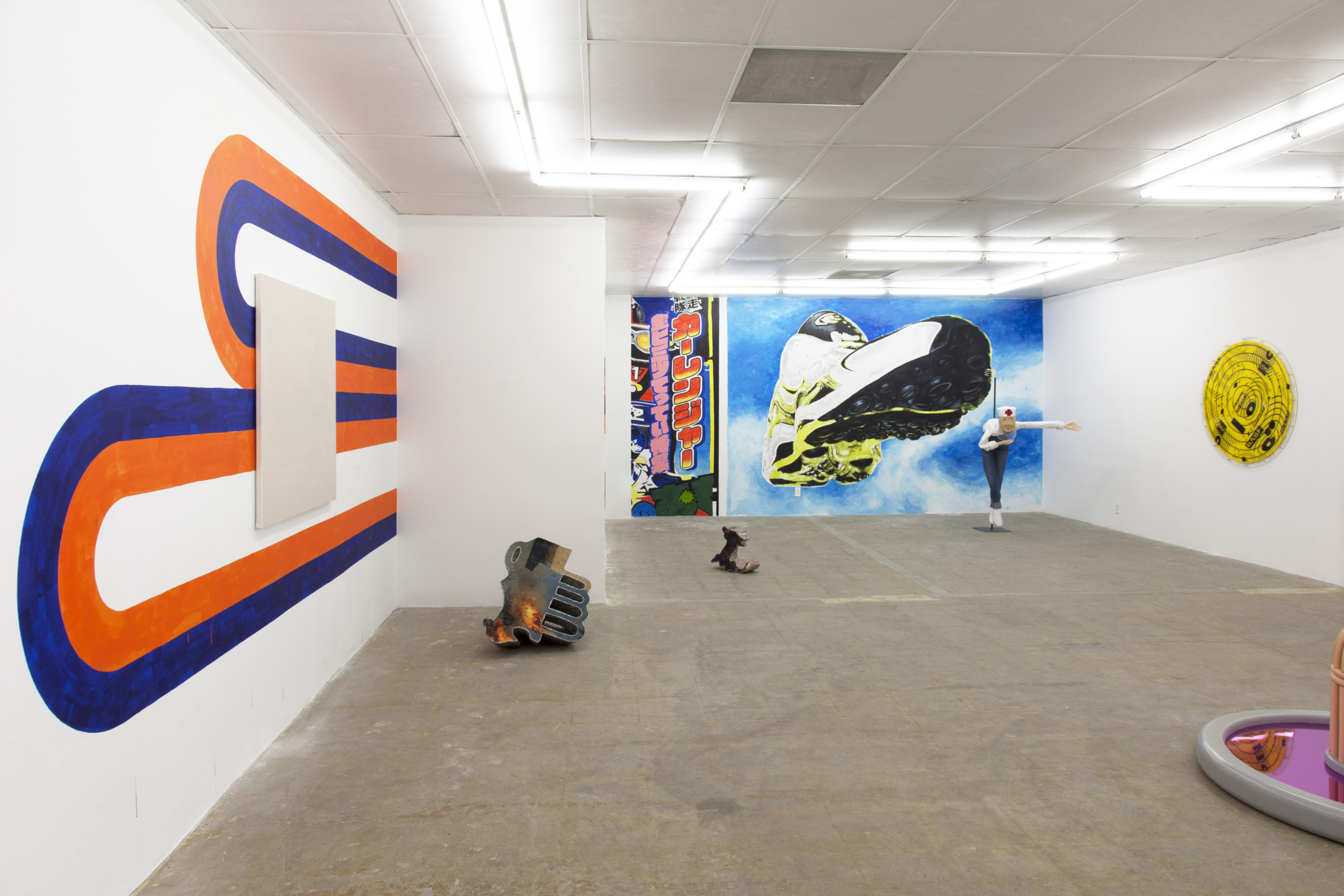

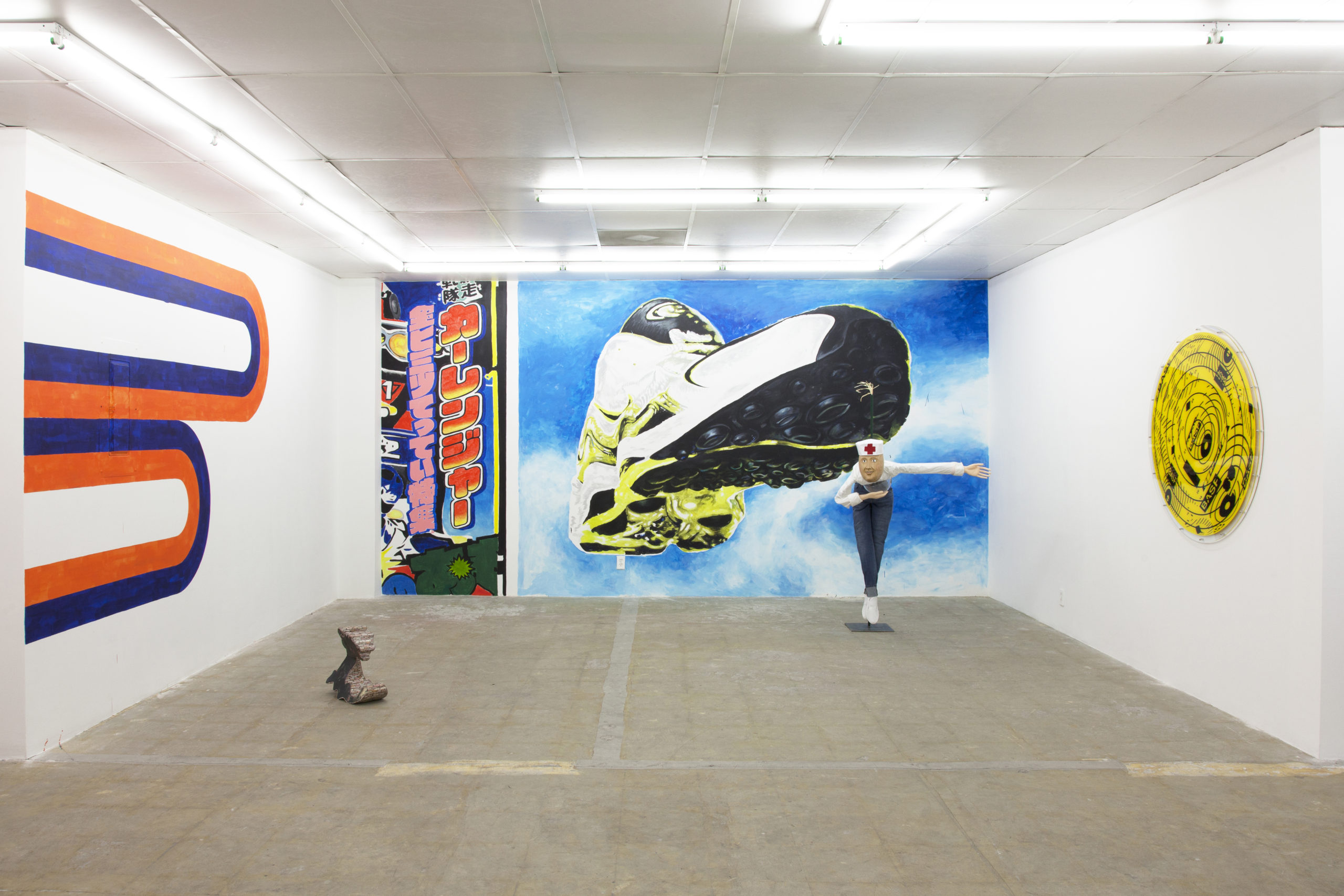
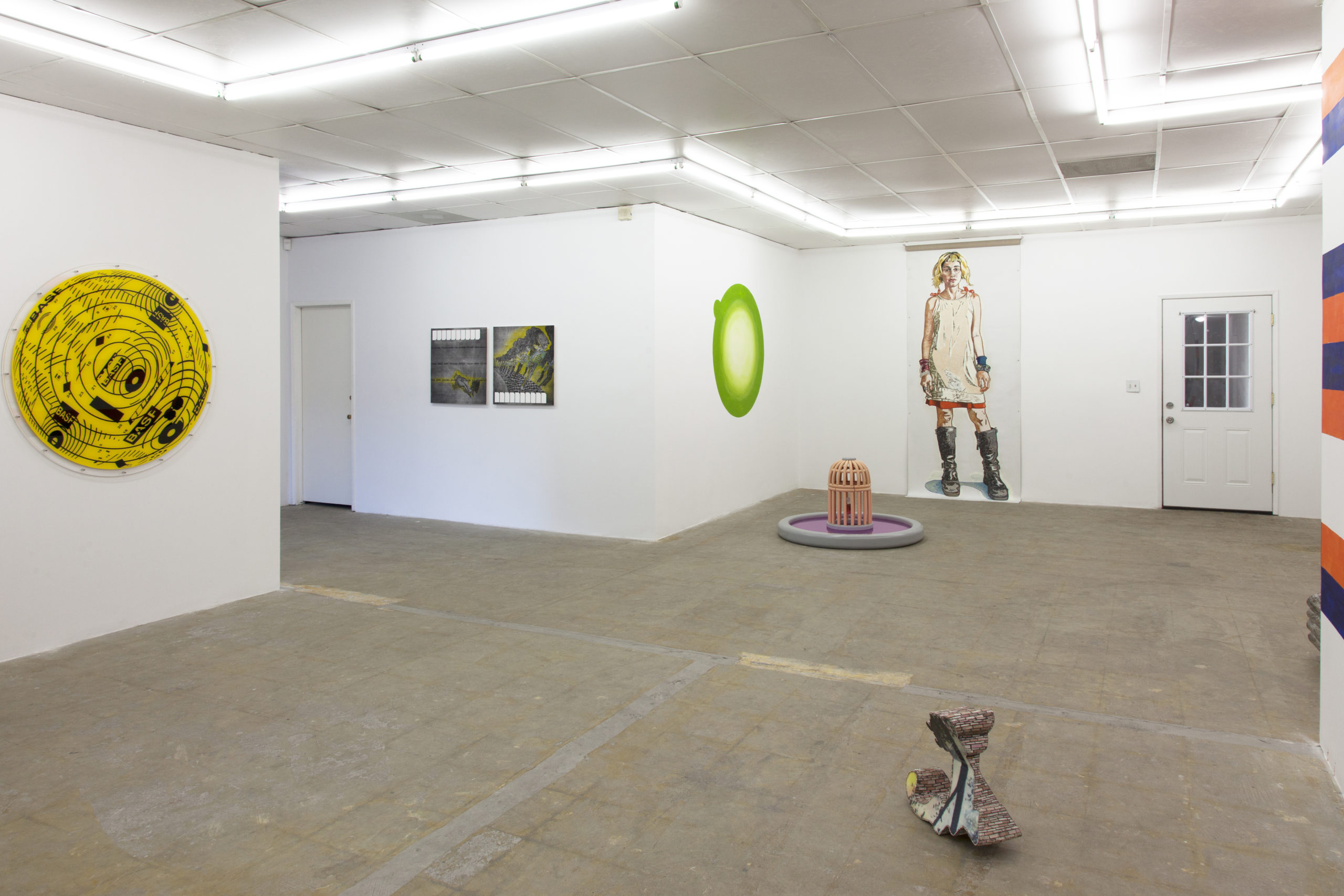


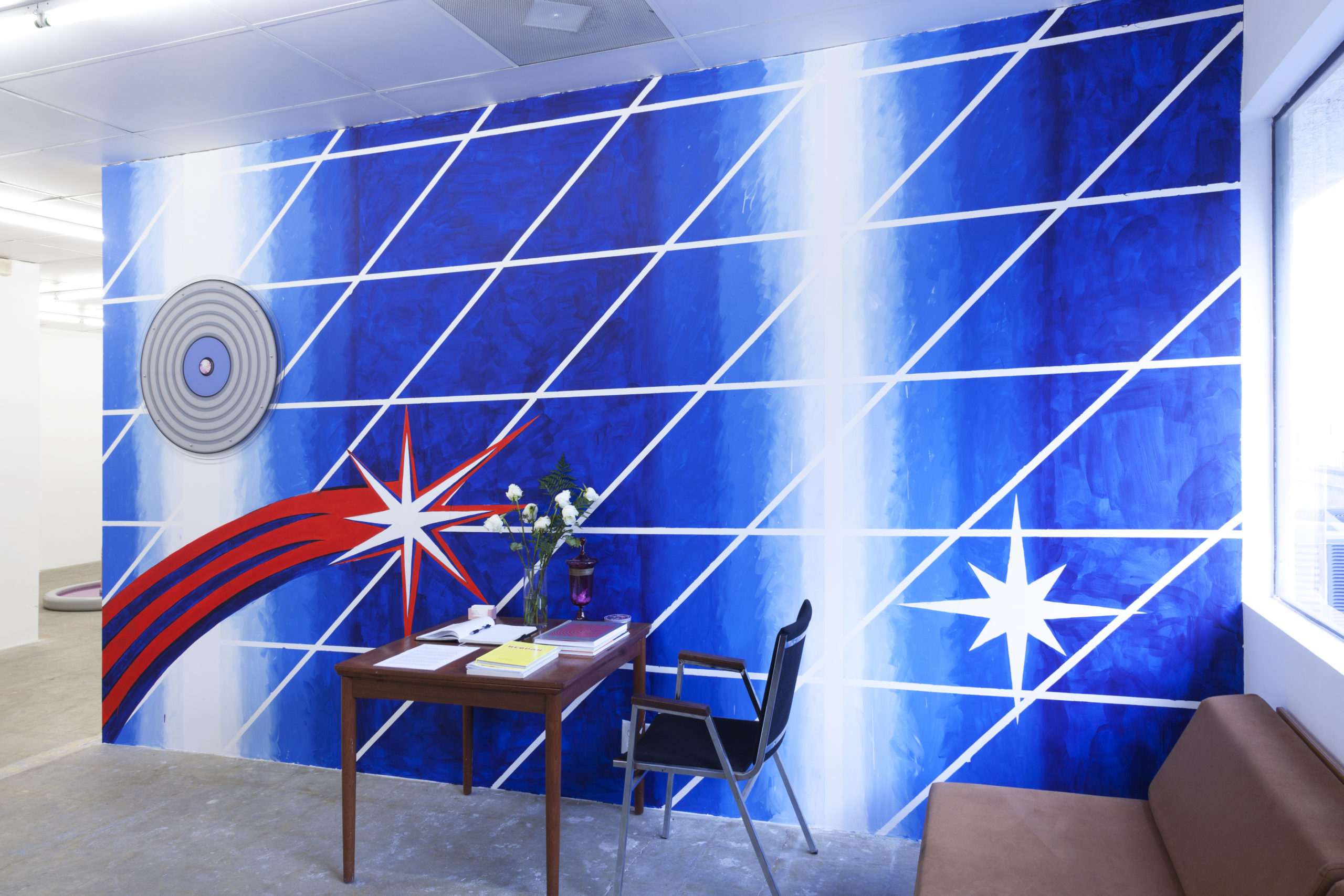


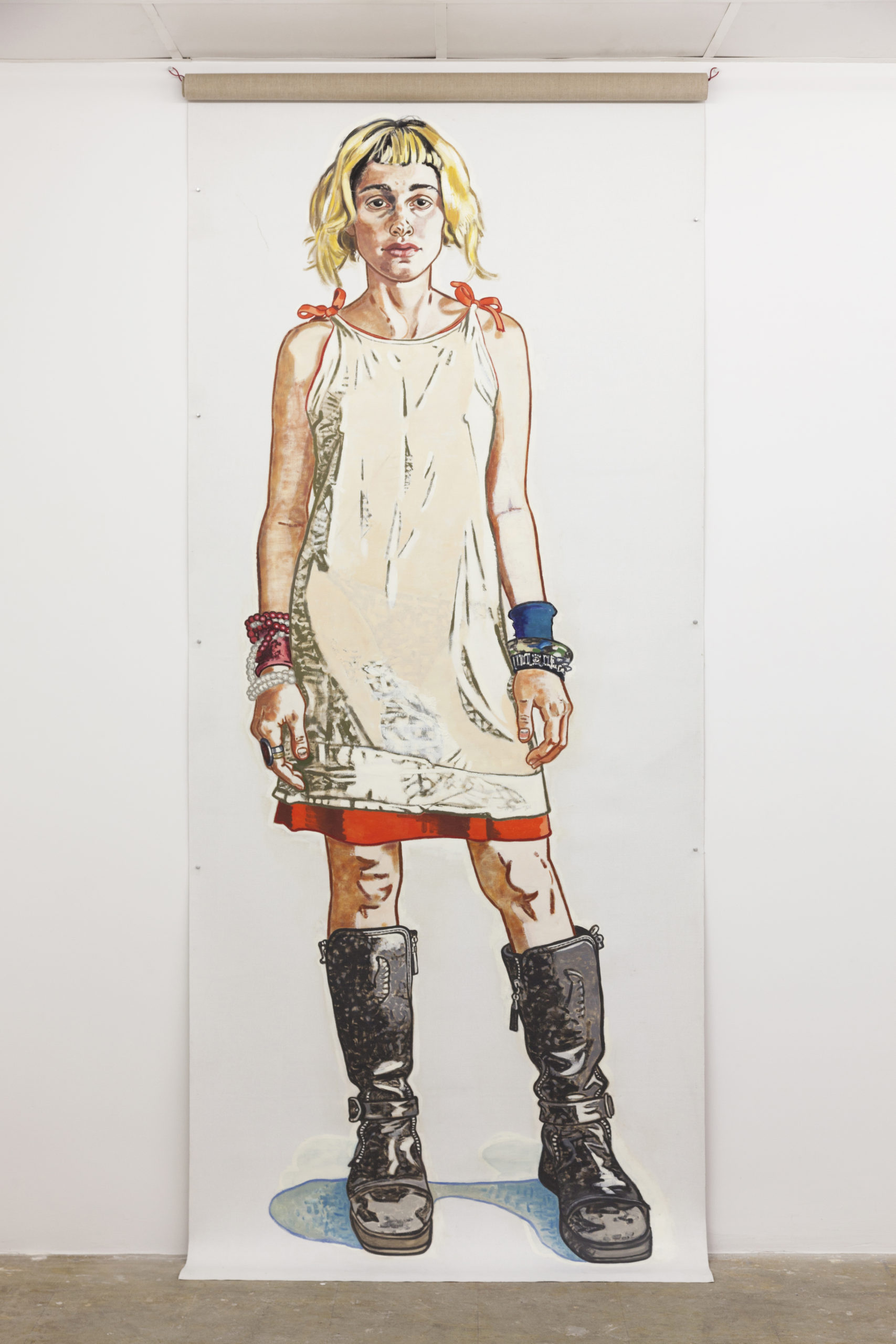
Caitlin Mitchell-Dayton
Bloom, 2003-2004
oil on unstretched linen
134 x 46 1/2 in (340 x 118 cm)
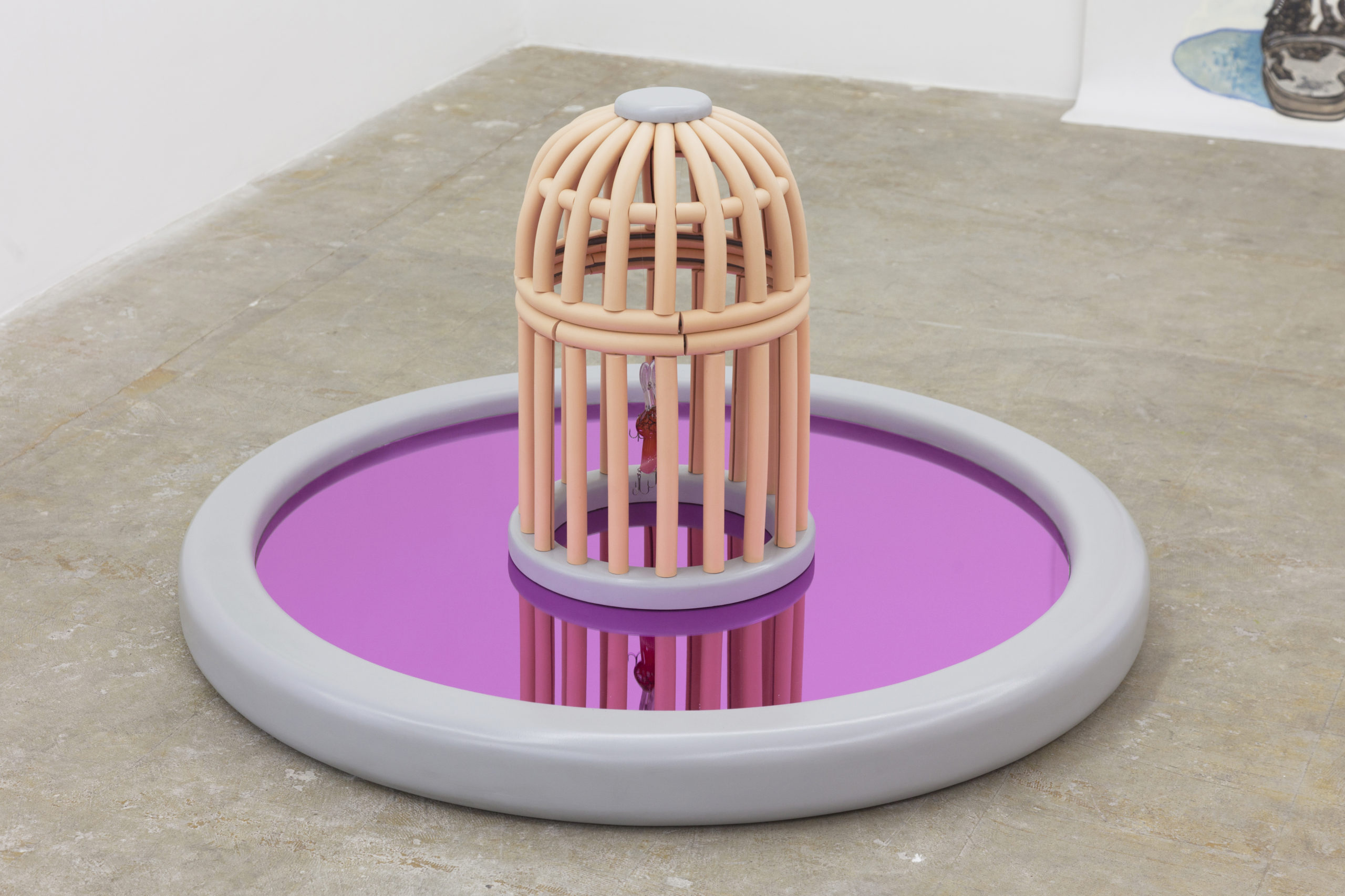
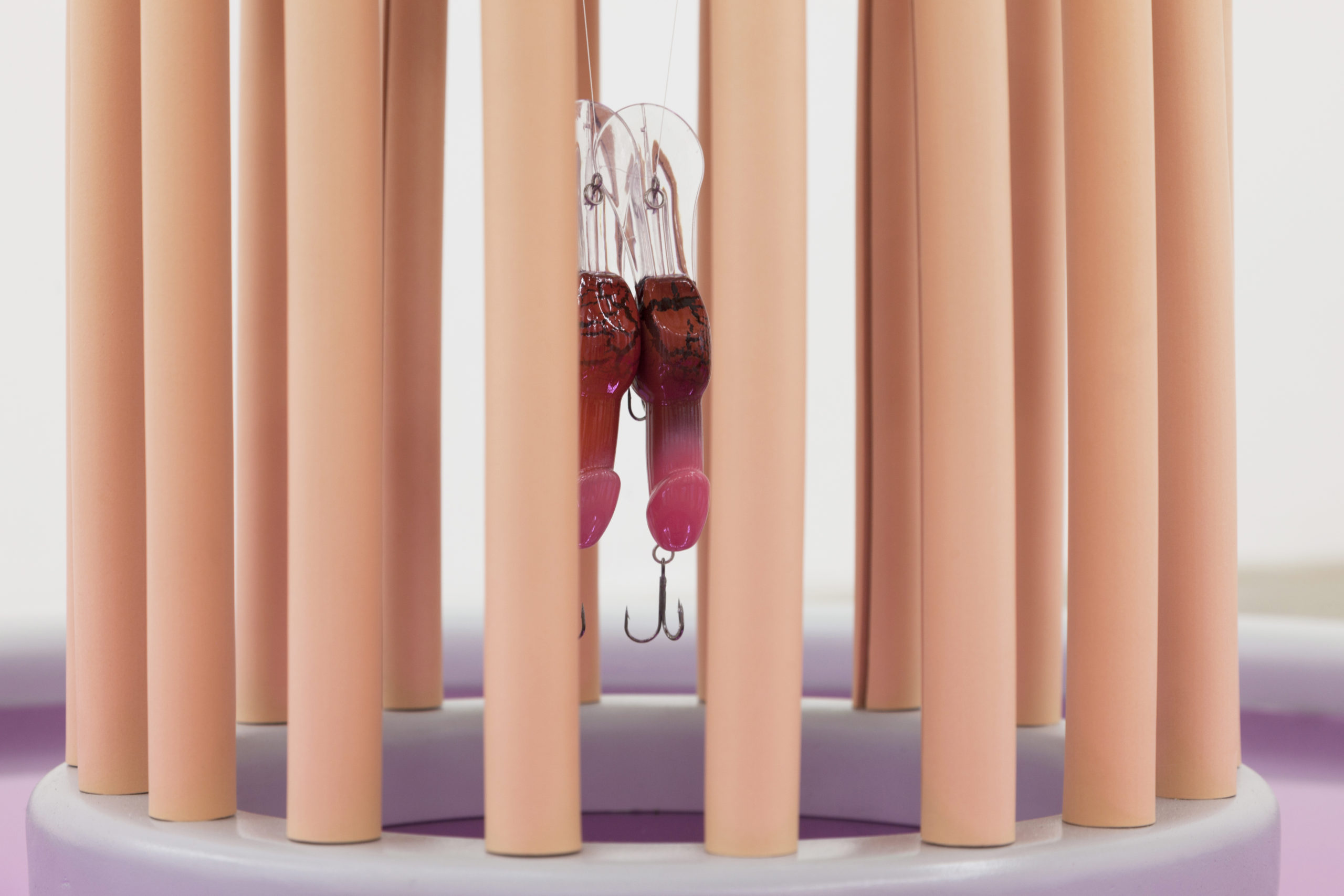
Flannery Silva
Bumper Ballerina, 2018
MDF, metal, paint, foam, mirrored acrylic, novelty fishing lures
27 x 47 x 47 in (69 x 119 x 119 cm)


Carol Jackson
Two Doors Down, 2016
paper mache, epoxy putty, acrylic, inkjet print, enamel
25 x 25 x 23 in (63.5 x 63.5 x 58.5 cm)
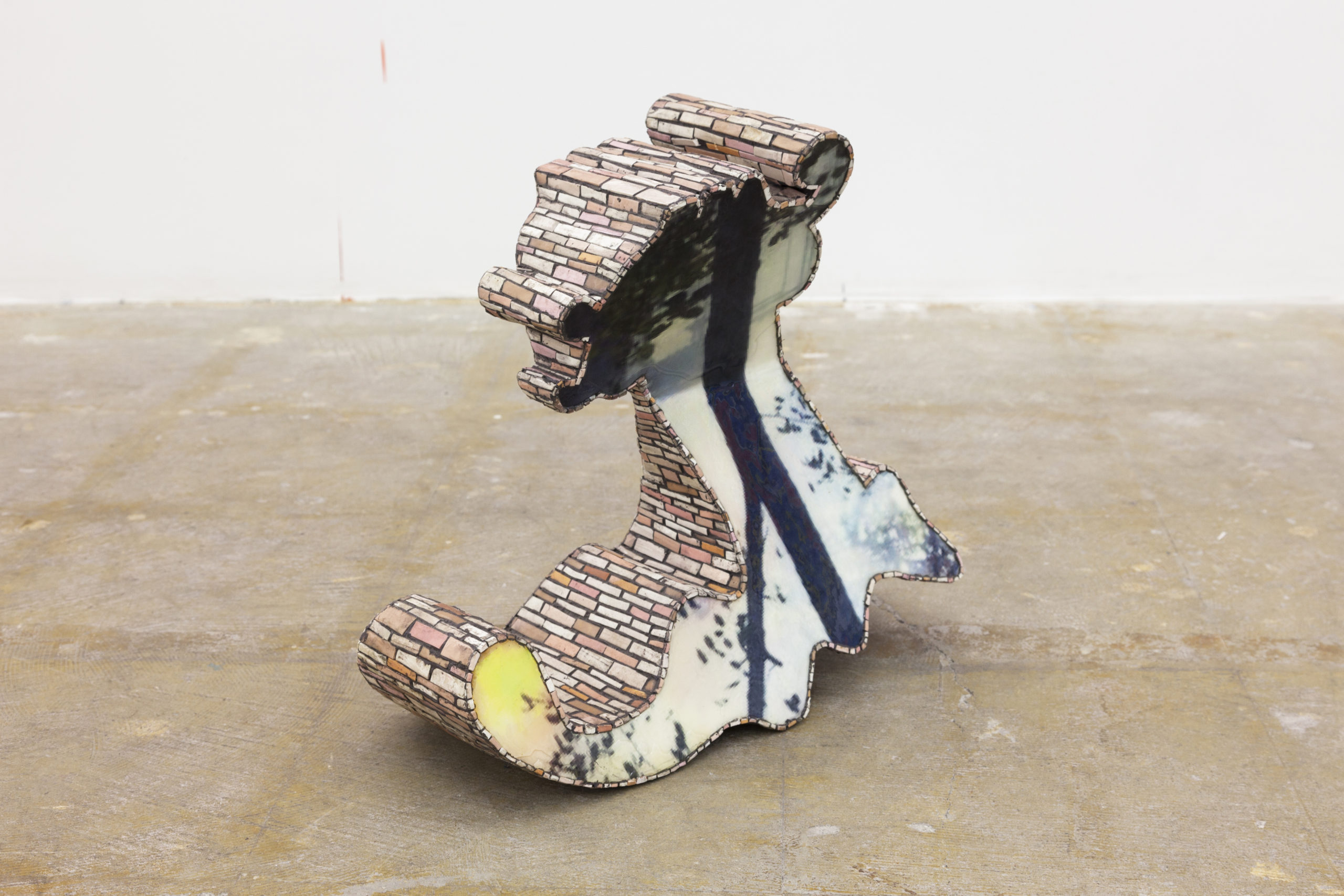
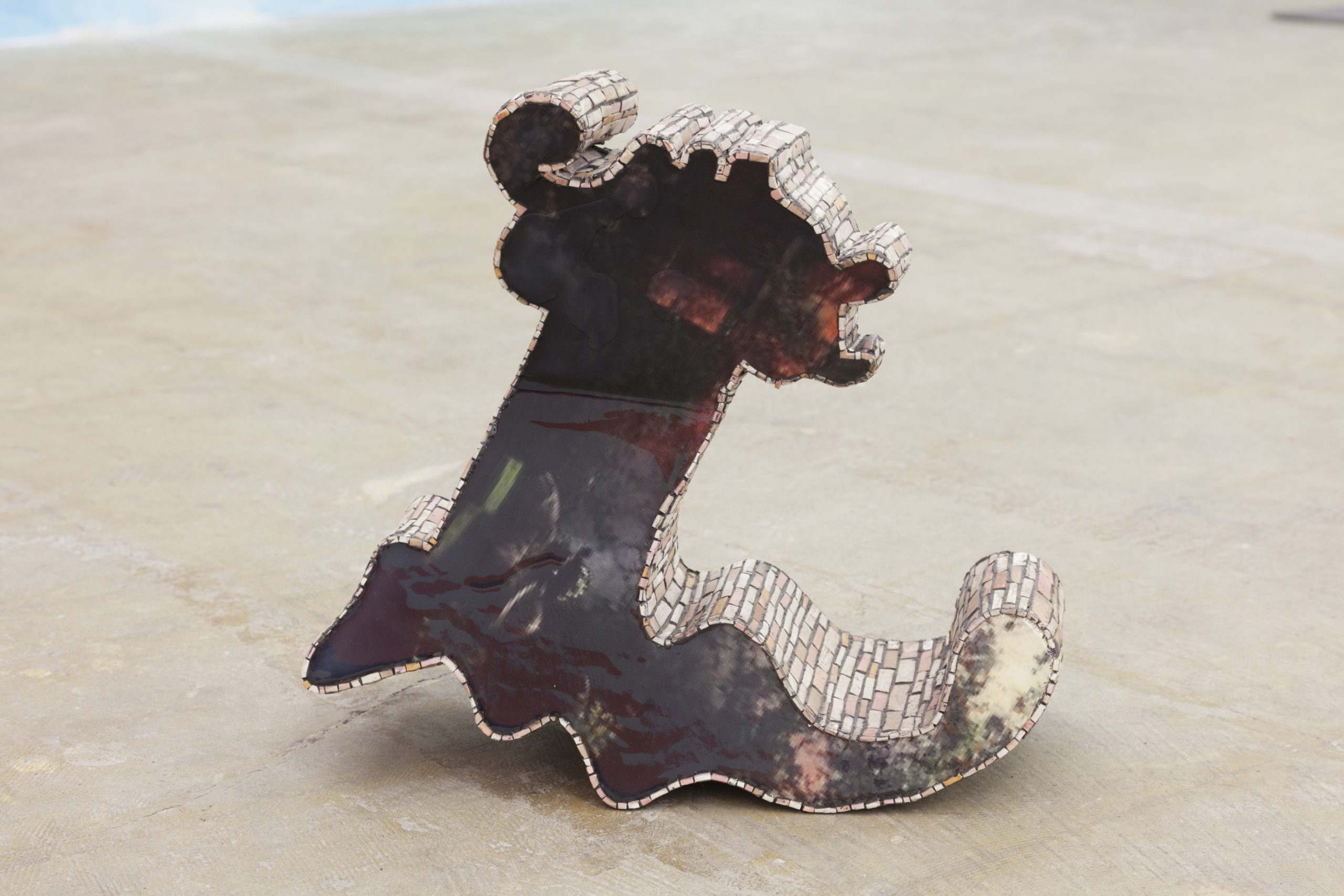
Carol Jackson
drills, 2017
paper mache, acrylic, ipolymer clay, digital print
15 x 8 x 16 in (38.1 x 20.3 x 40.6 cm)
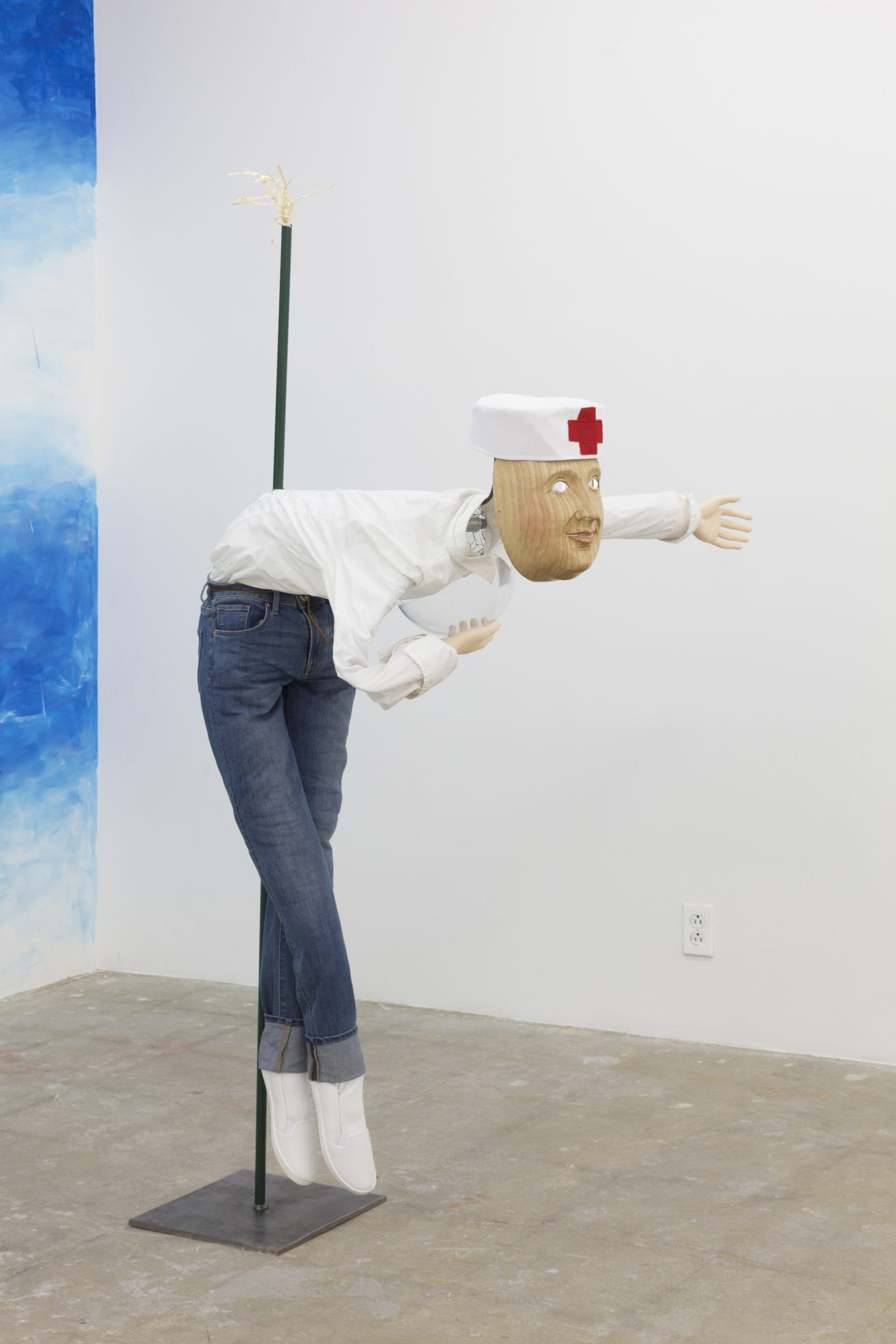
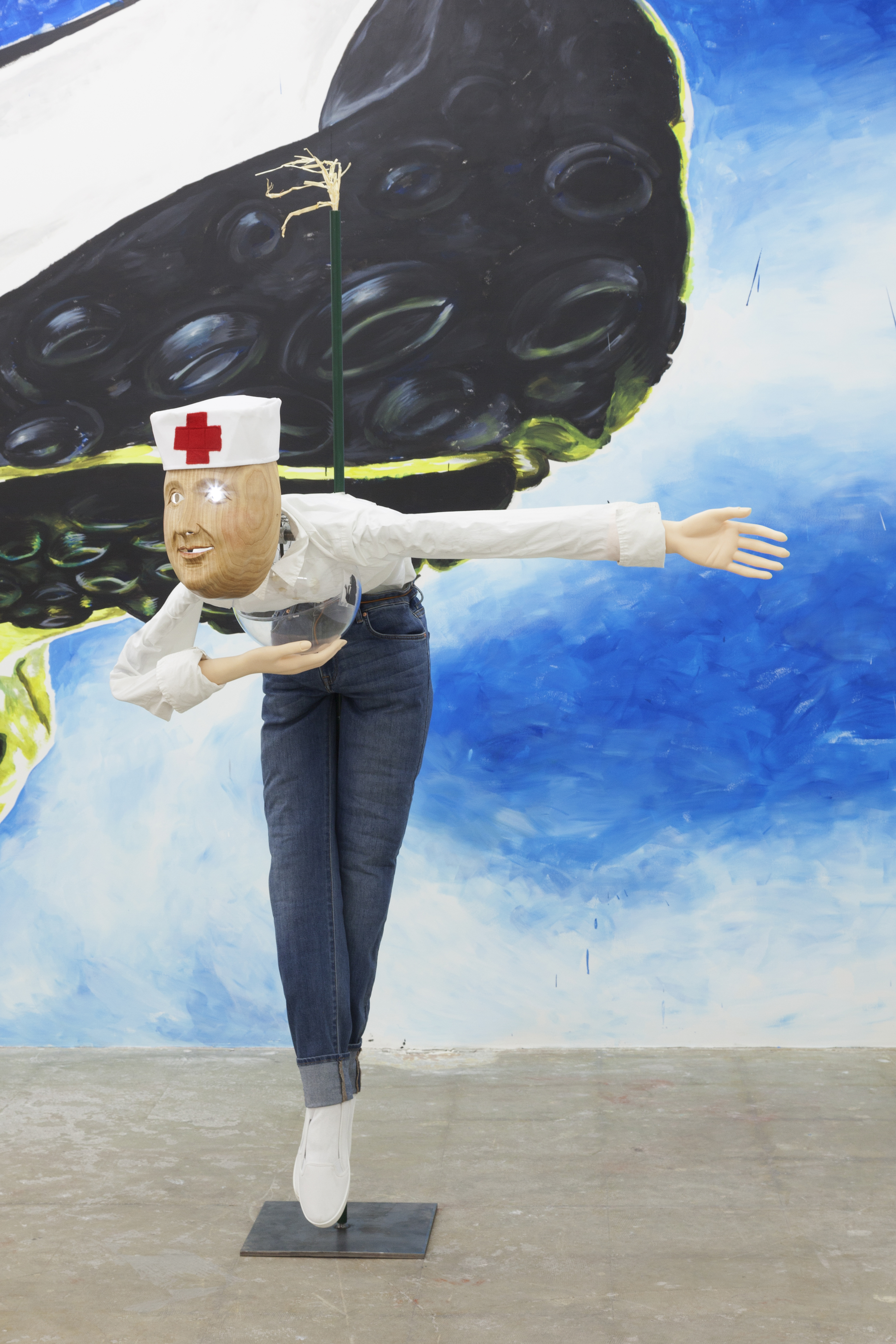
Miriam Laura Leonardi
Angels of Chaos 4, 2018
wooden mask, reading lamp, clothing (jeans, blouse, cap, socks, shoes), plastic hands, plexiglas sphere with black and white print, metal wire and bars, darning wool, straw
70 x 45 x 36 in (180 x 120 x 92 cm)
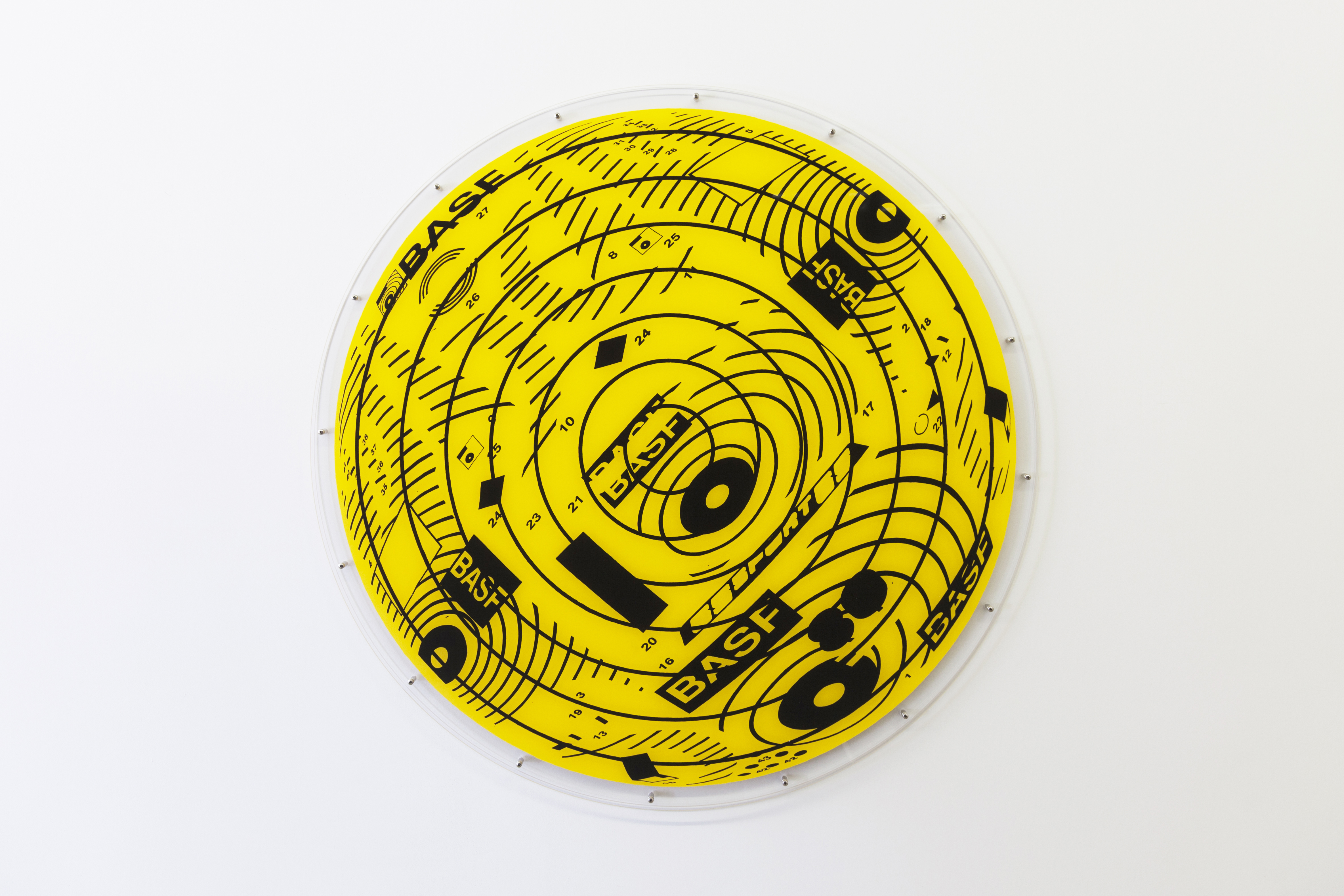
Sean Kennedy
untitled, 2016-2018
latex paint on acrylic, machine screws, aluminum standoffs
45 x 45 x 1 in (114.3 x 114.3 x 2.5 cm)
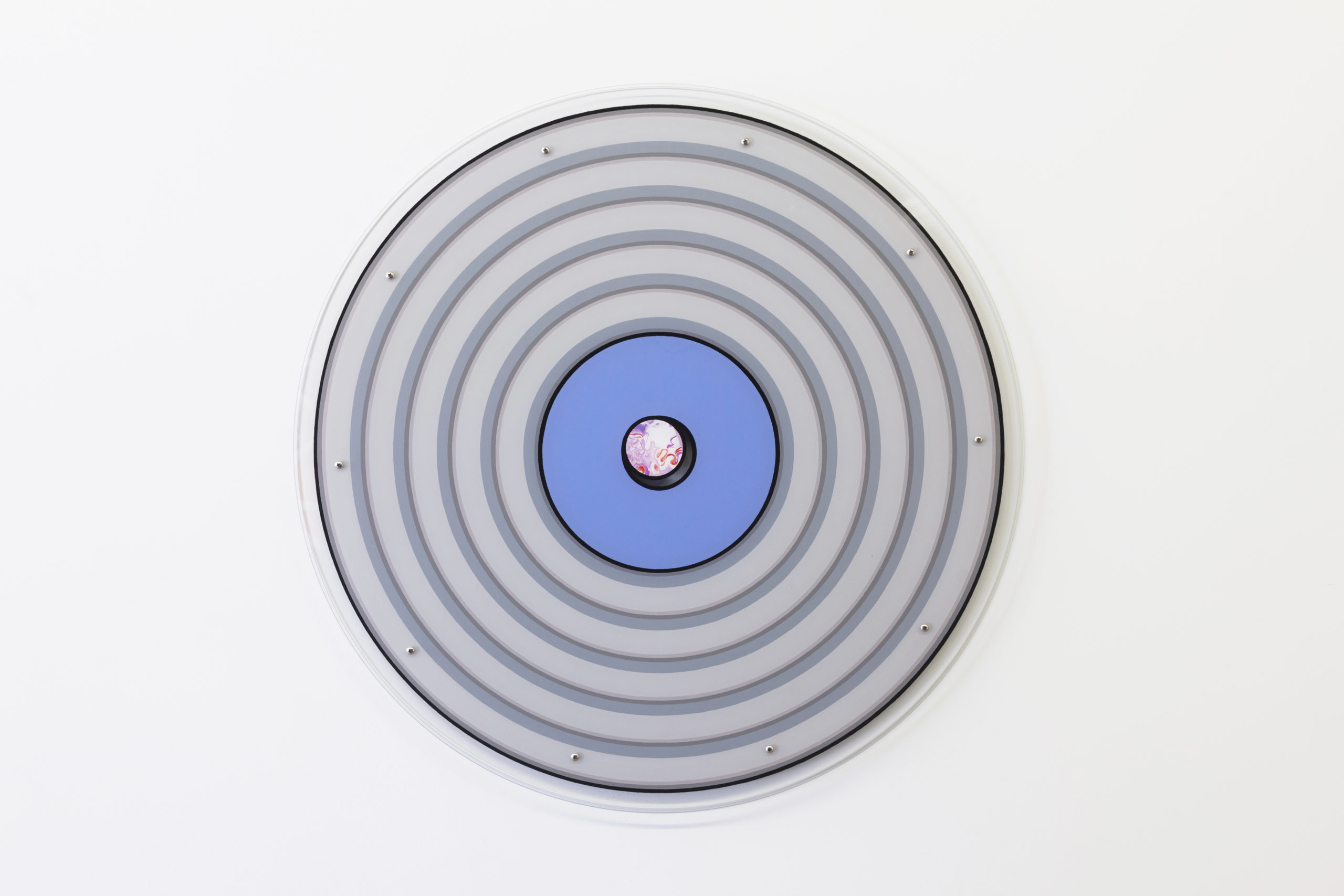
Sean Kennedy
untitled, 2018
latex paint on acrylic, machine screws, aluminum standoffs
33 x 33 x 1 in (83.8 x 83.8 x 2.5 cm)


Cédric Eisenring
Still Close Friends, 2018
woodcut intaglio print on velvet
40 1/2 x 40 1/2 in (103 x 103 cm)
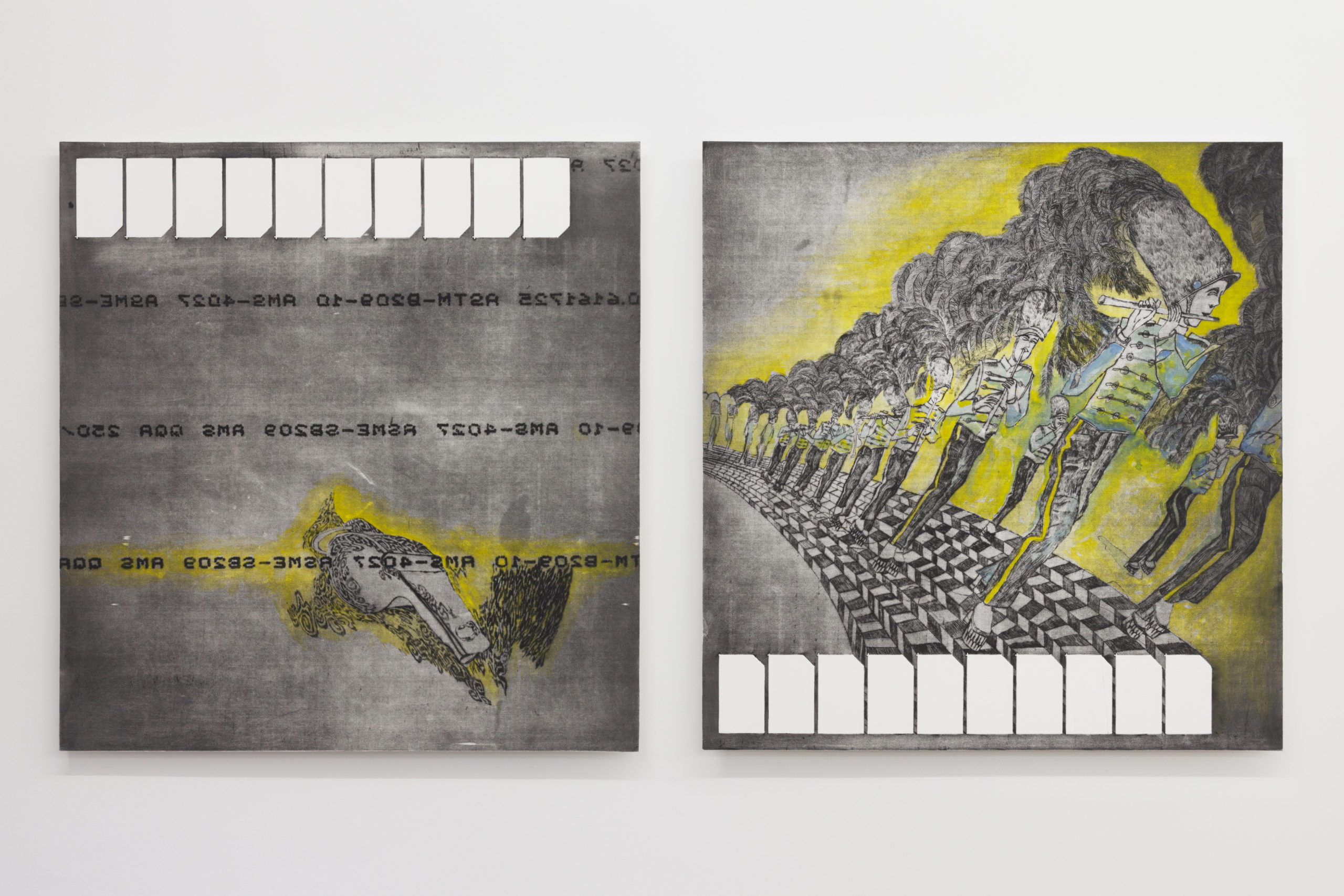
Cédric Eisenring
Soft Parade, 2018
dry point etching with used industrial plates and watercolor on paper
diptych, each 27 3/8 x 26 1/8 in (69.6 x 66.3 cm)
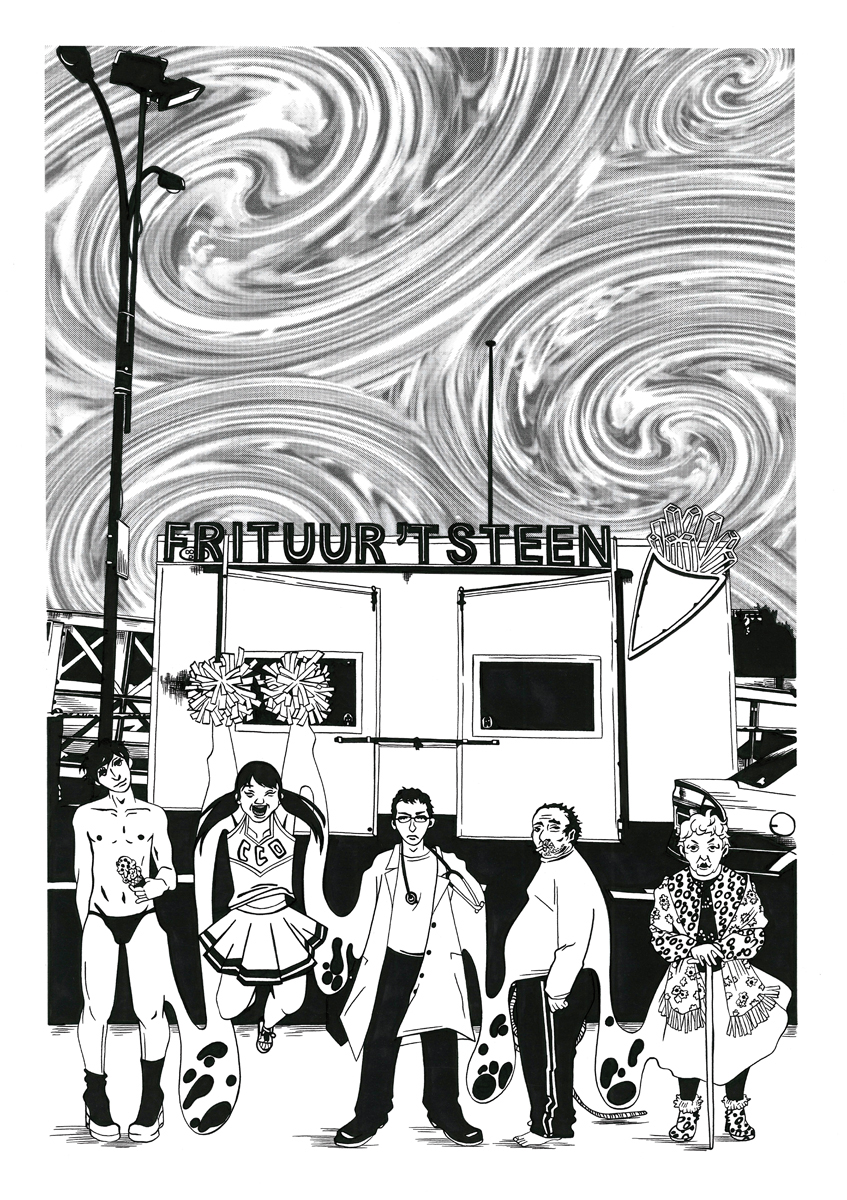
Matthieu Manche
Sekaido (Antwerpen 01), 2013
ink and screentone on paper
14 1/4 x 10 1/4 in (36.3 x 25.7 cm)

Matthieu Manche
Sekaido (Antwerpen 02), 2013
ink and screentone on paper
14 1/4 x 10 1/4 in (36.3 x 25.7 cm)

Matthieu Manche
Sekaido (Antwerpen 03), 2013
ink and screentone on paper
14 1/4 x 10 1/4 in (36.3 x 25.7 cm)
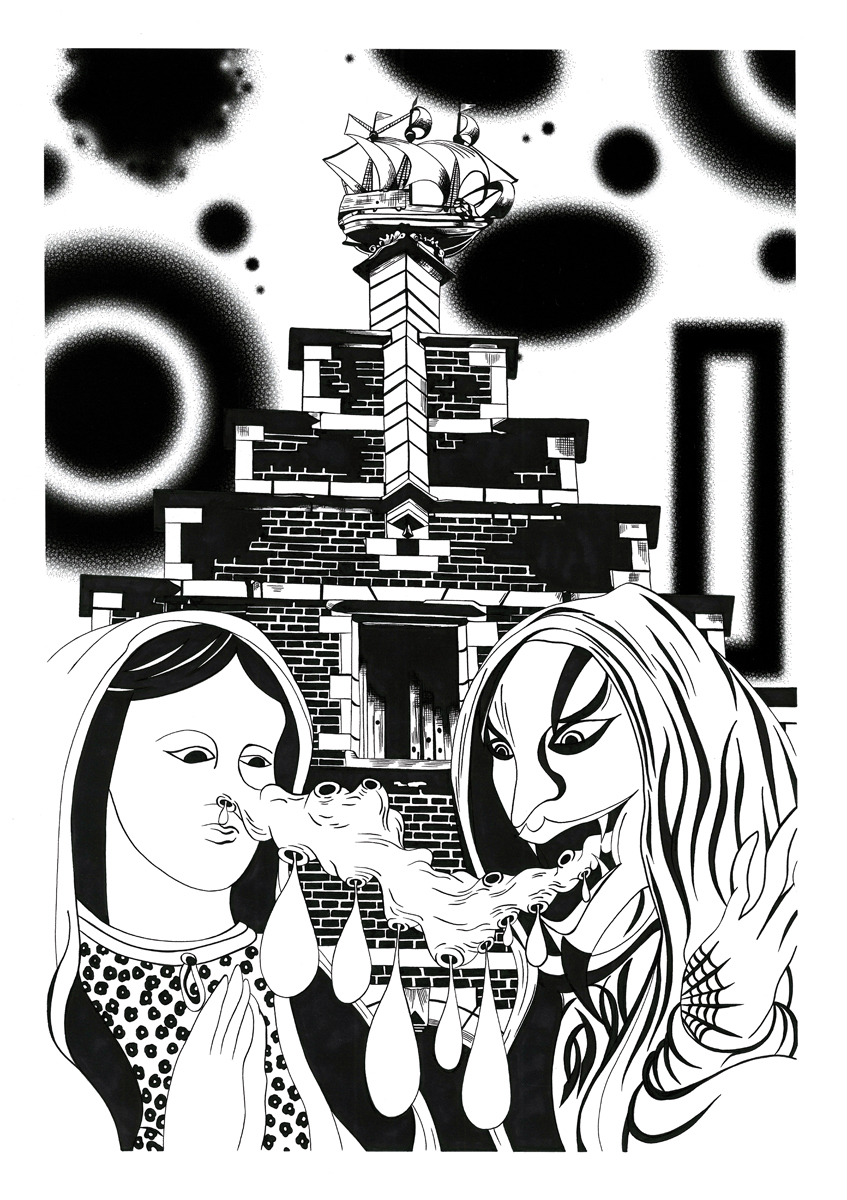
Matthieu Manche
Sekaido (Antwerpen 06), 2013
ink and screentone on paper
14 1/4 x 10 1/4 in (36.3 x 25.7 cm)
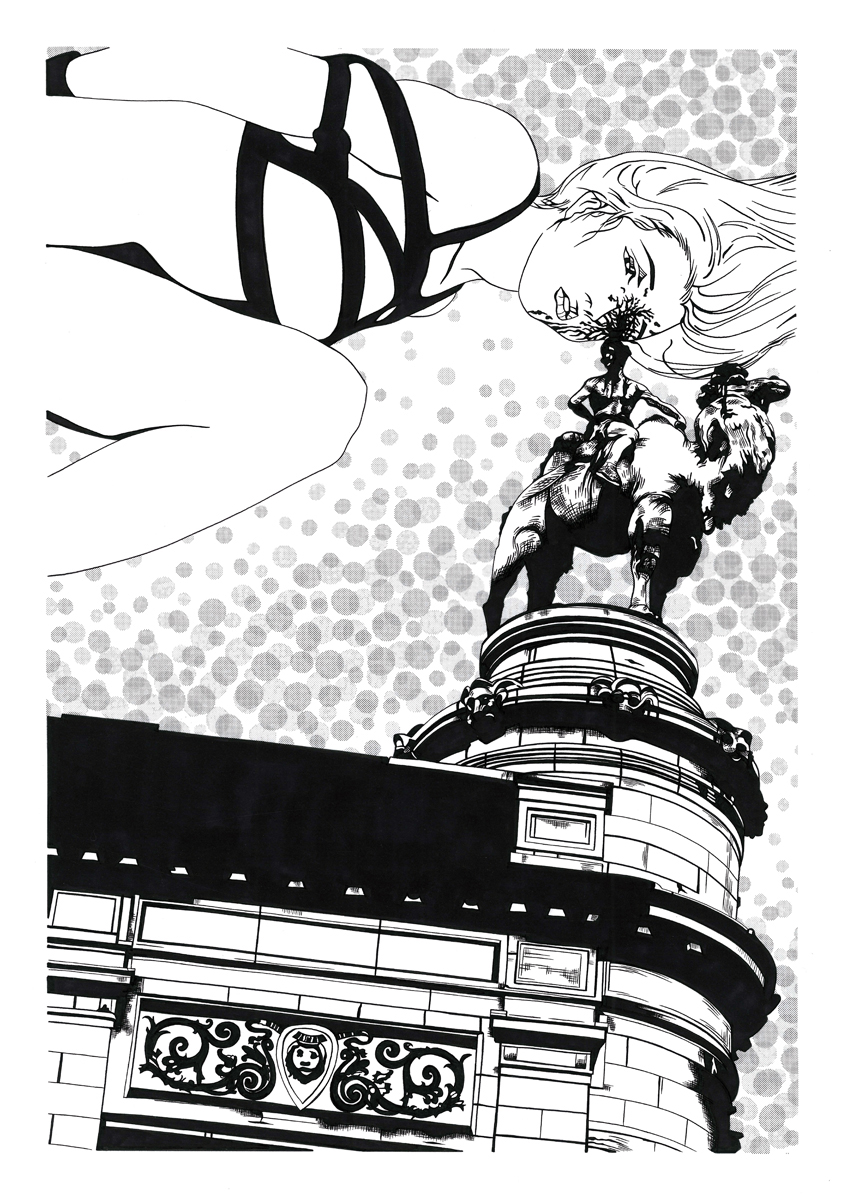
Matthieu Manche
Sekaido (Antwerpen 07), 2013
ink and screentone on paper
14 1/4 x 10 1/4 in (36.3 x 25.7 cm)
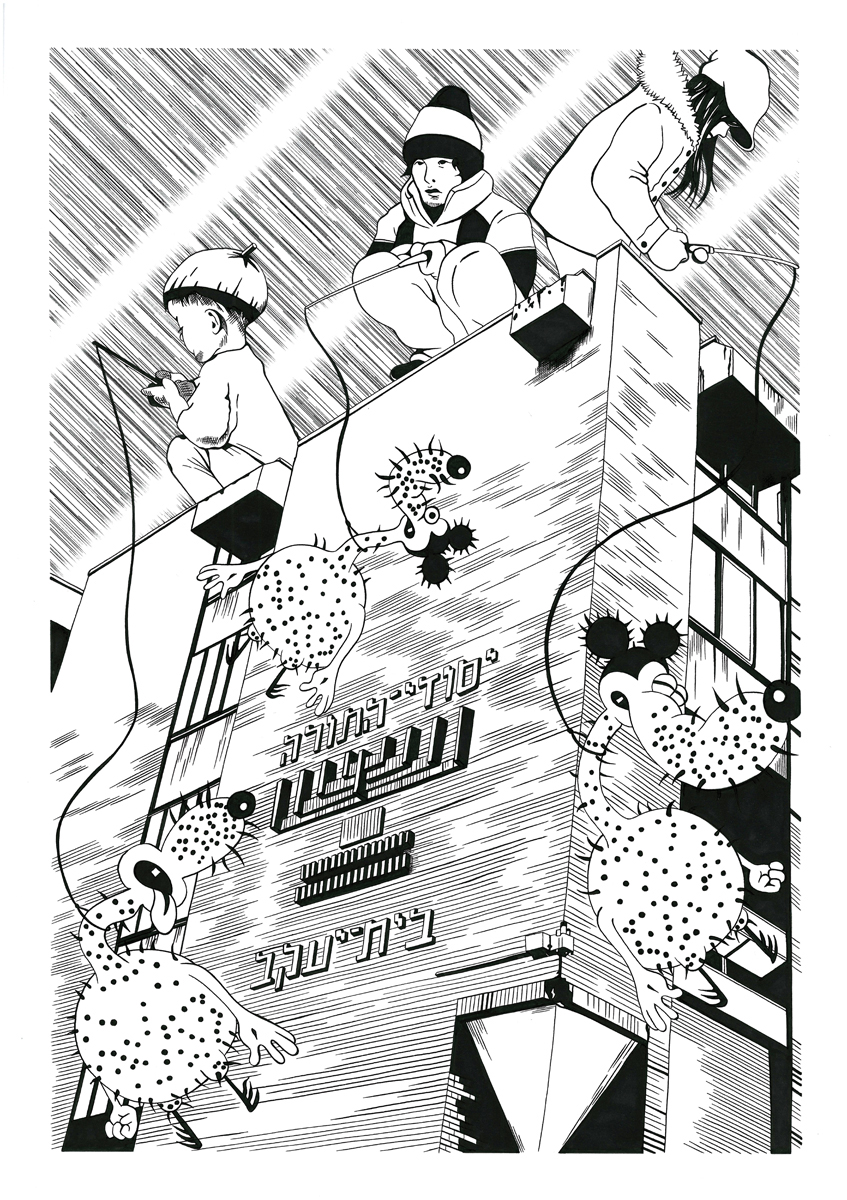
Matthieu Manche
Sekaido (Antwerpen 09), 2013
ink and screentone on paper
14 1/4 x 10 1/4 in (36.3 x 25.7 cm)

Matthieu Manche
Sekaido (Pondicherry 02), 2009
ink and screentone on paper
14 1/4 x 10 1/4 in (36.3 x 25.7 cm)
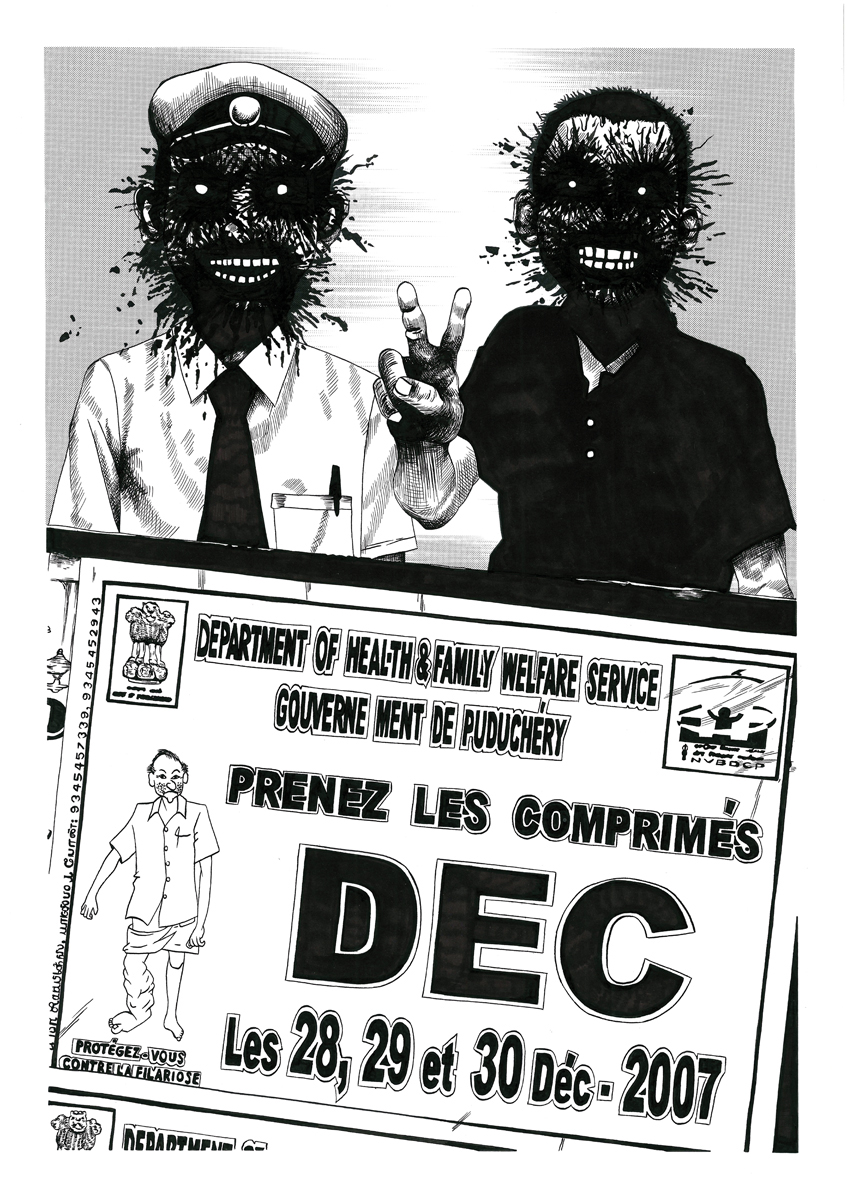
Matthieu Manche
Sekaido (Pondicherry 07), 2009
ink and screentone on paper
14 1/4 x 10 1/4 in (36.3 x 25.7 cm)
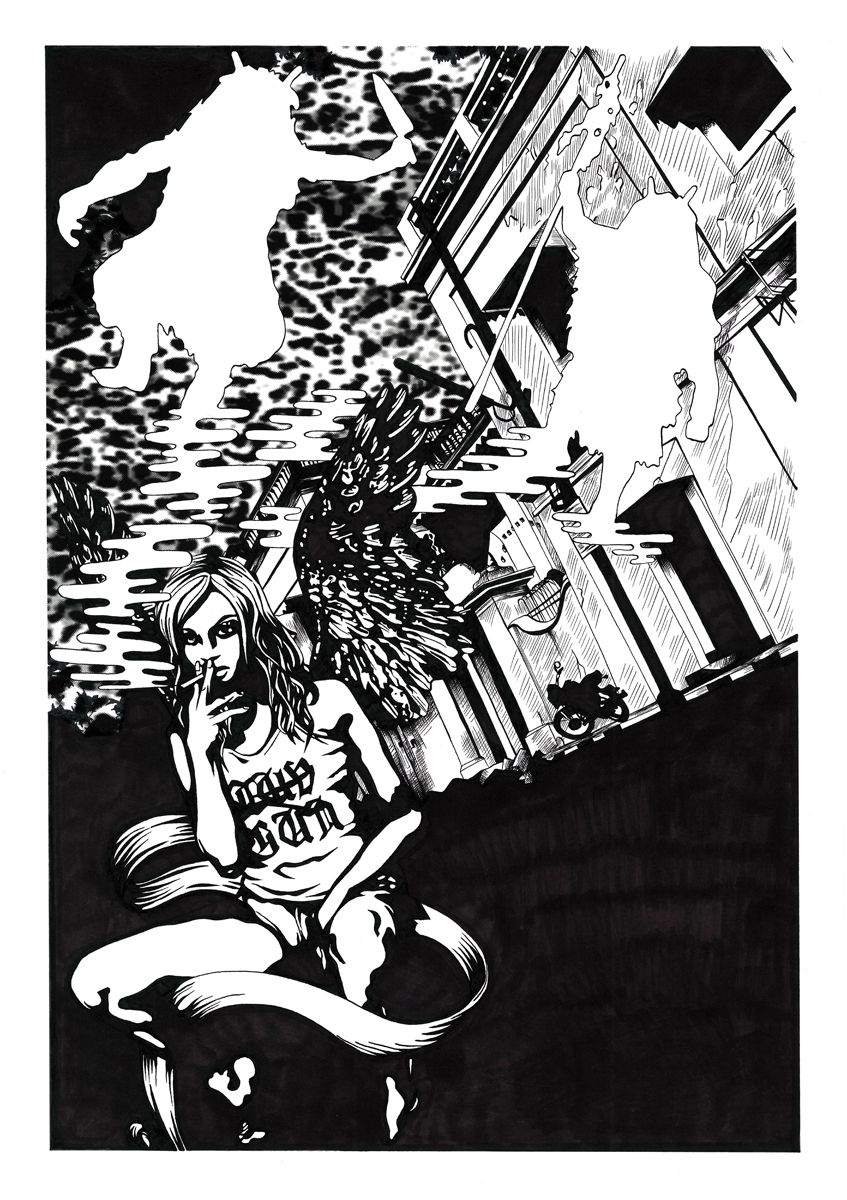
Matthieu Manche
Sekaido (Pondicherry 08), 2009
ink and screentone on paper
14 1/4 x 10 1/4 in (36.3 x 25.7 cm)
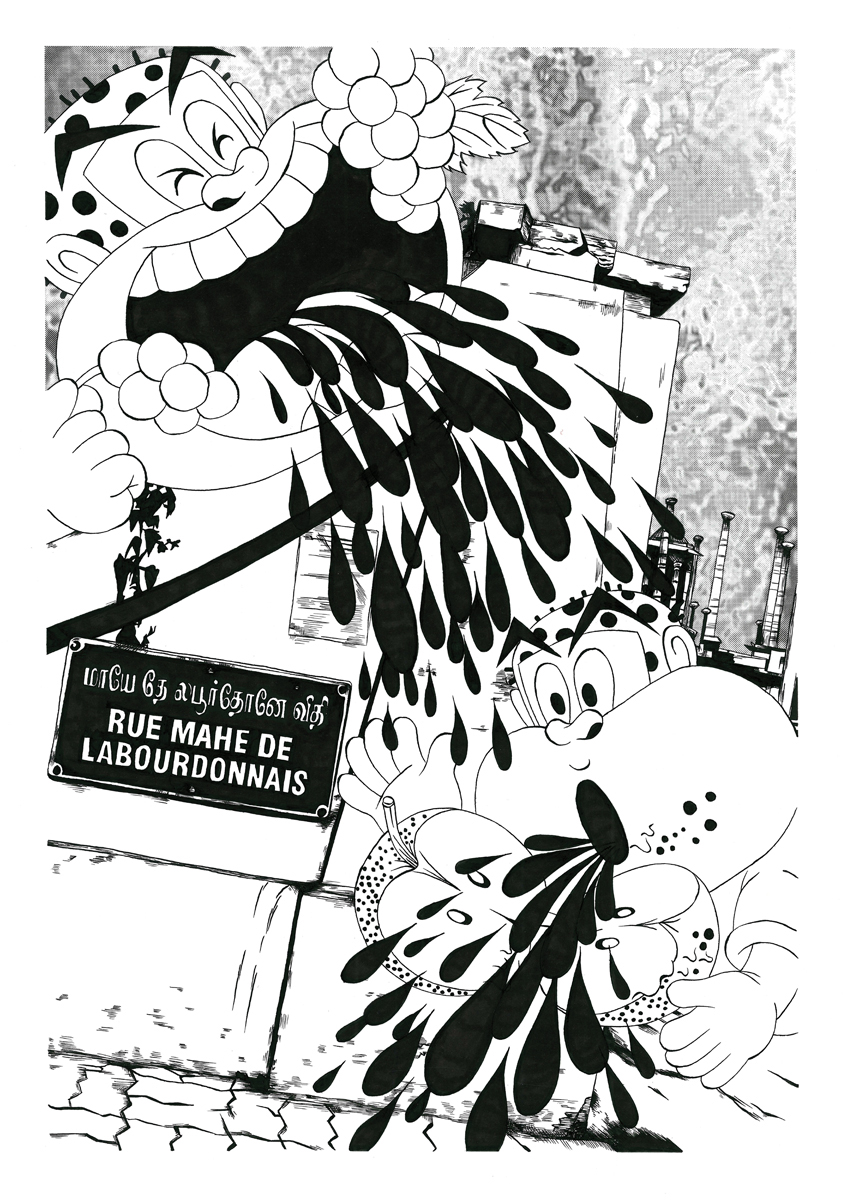
Matthieu Manche
Sekaido (Pondicherry 09), 2009
ink and screentone on paper
14 1/4 x 10 1/4 in (36.3 x 25.7 cm)
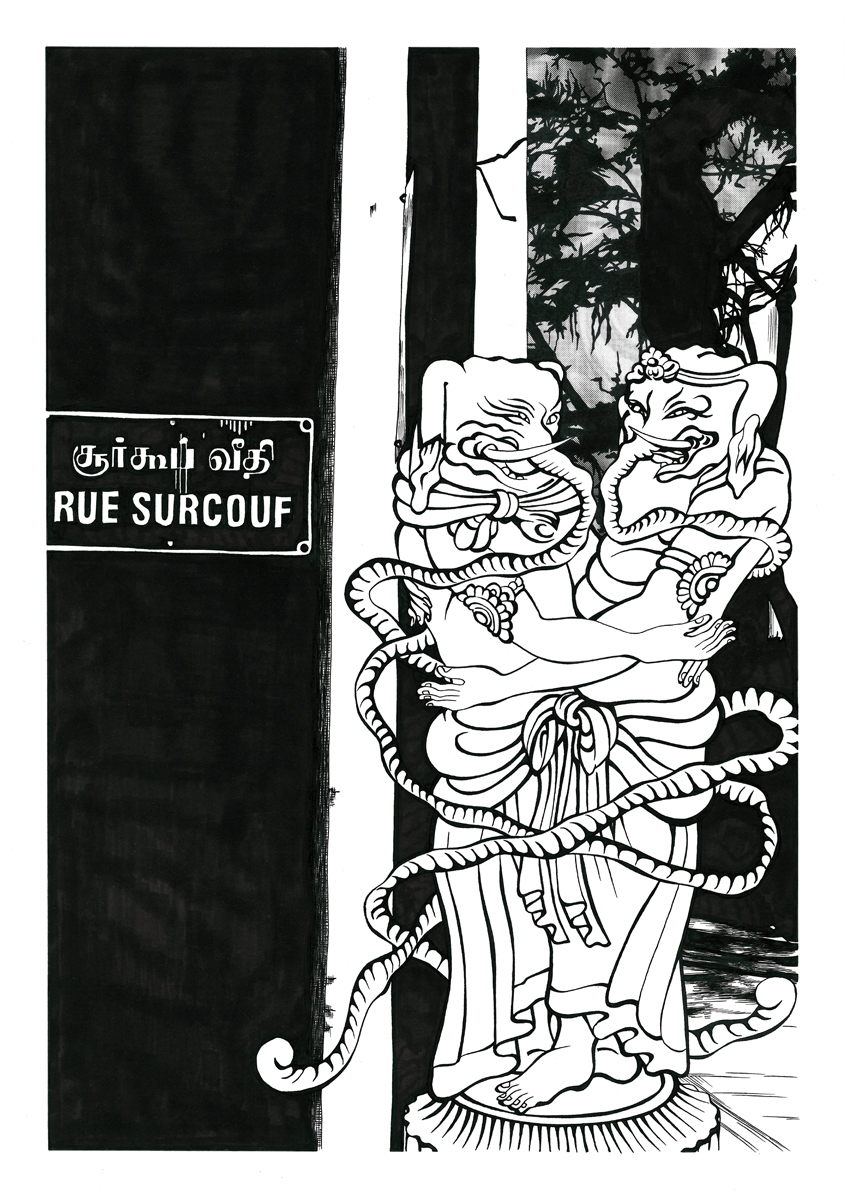
Matthieu Manche
Sekaido (Pondicherry 11), 2009
ink and screentone on paper
14 1/4 x 10 1/4 in (36.3 x 25.7 cm)
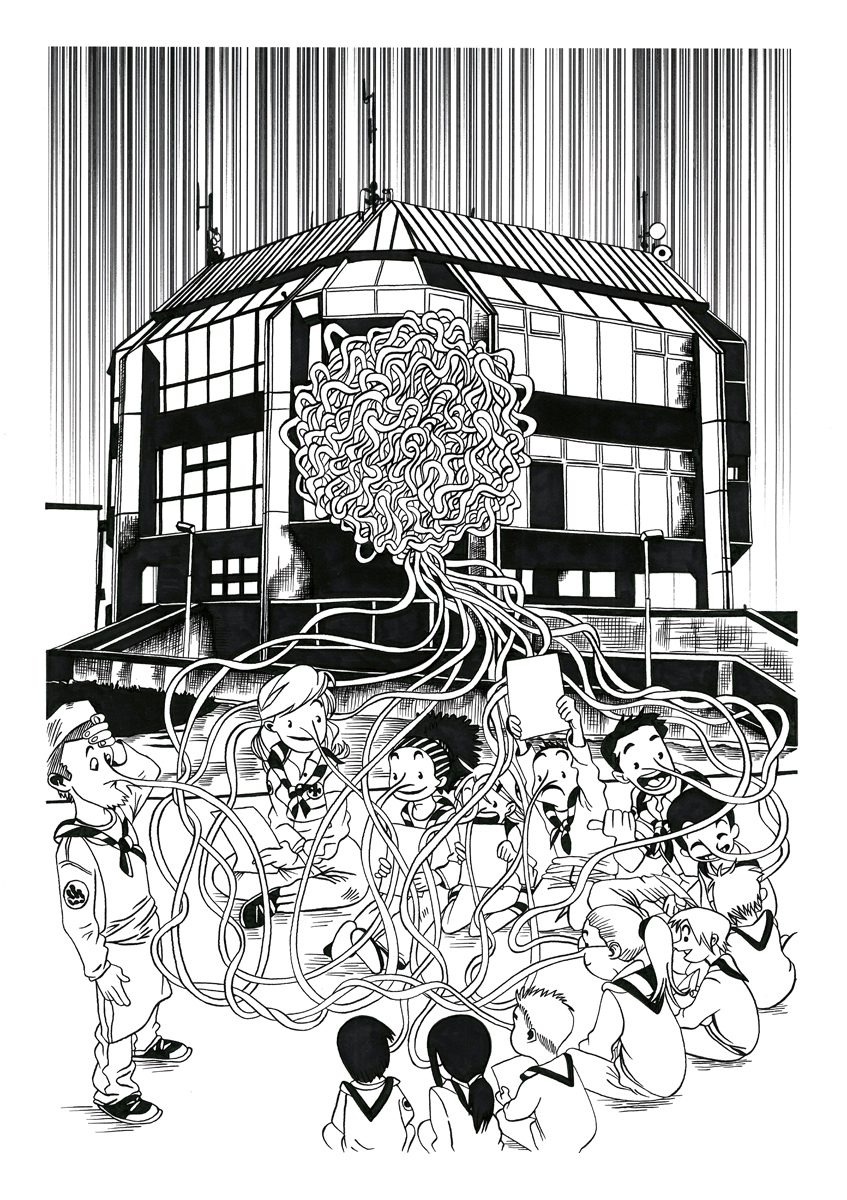
Matthieu Manche
Sekaido (Praha 02), 2015
ink and screentone on paper
14 1/4 x 10 1/4 in (36.3 x 25.7 cm)

Matthieu Manche
Sekaido (Praha 04), 2015
ink and screentone on paper
14 1/4 x 10 1/4 in (36.3 x 25.7 cm)
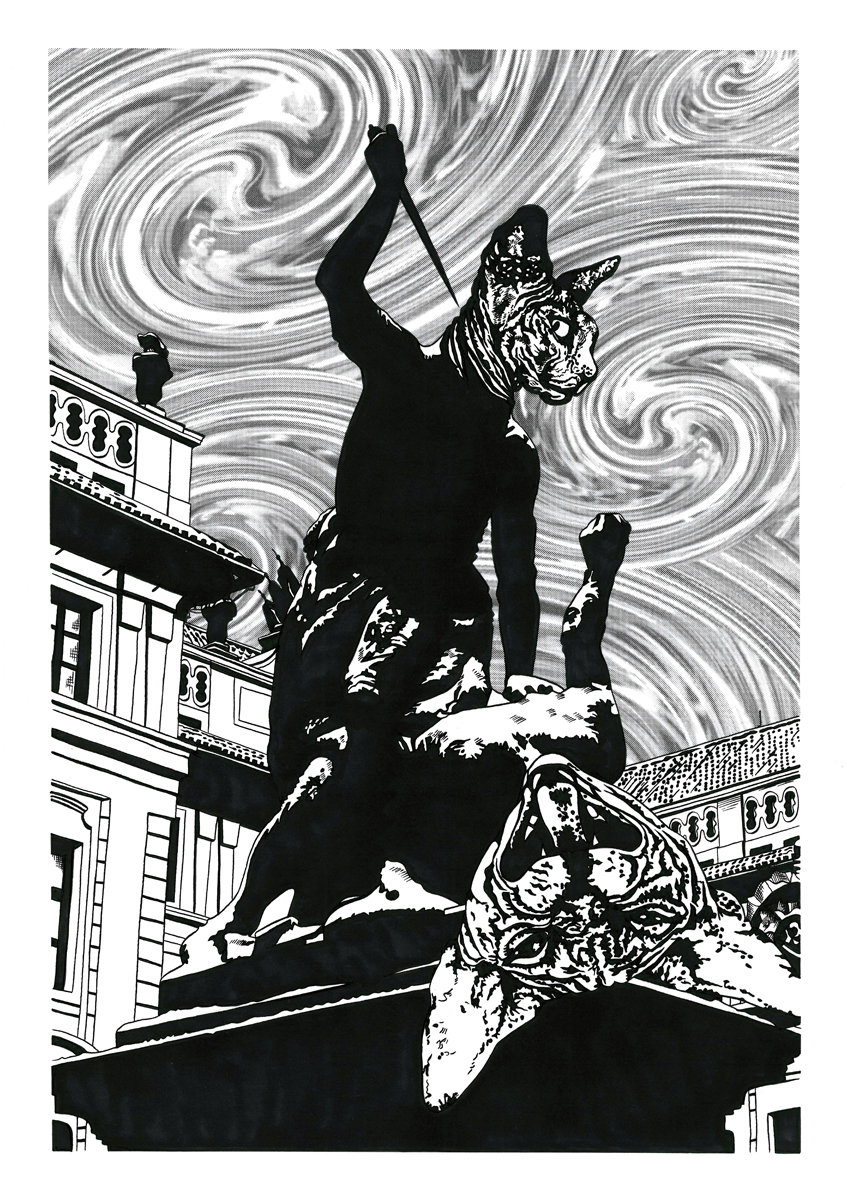
Matthieu Manche
Sekaido (Praha 06), 2015
ink and screentone on paper
14 1/4 x 10 1/4 in (36.3 x 25.7 cm)
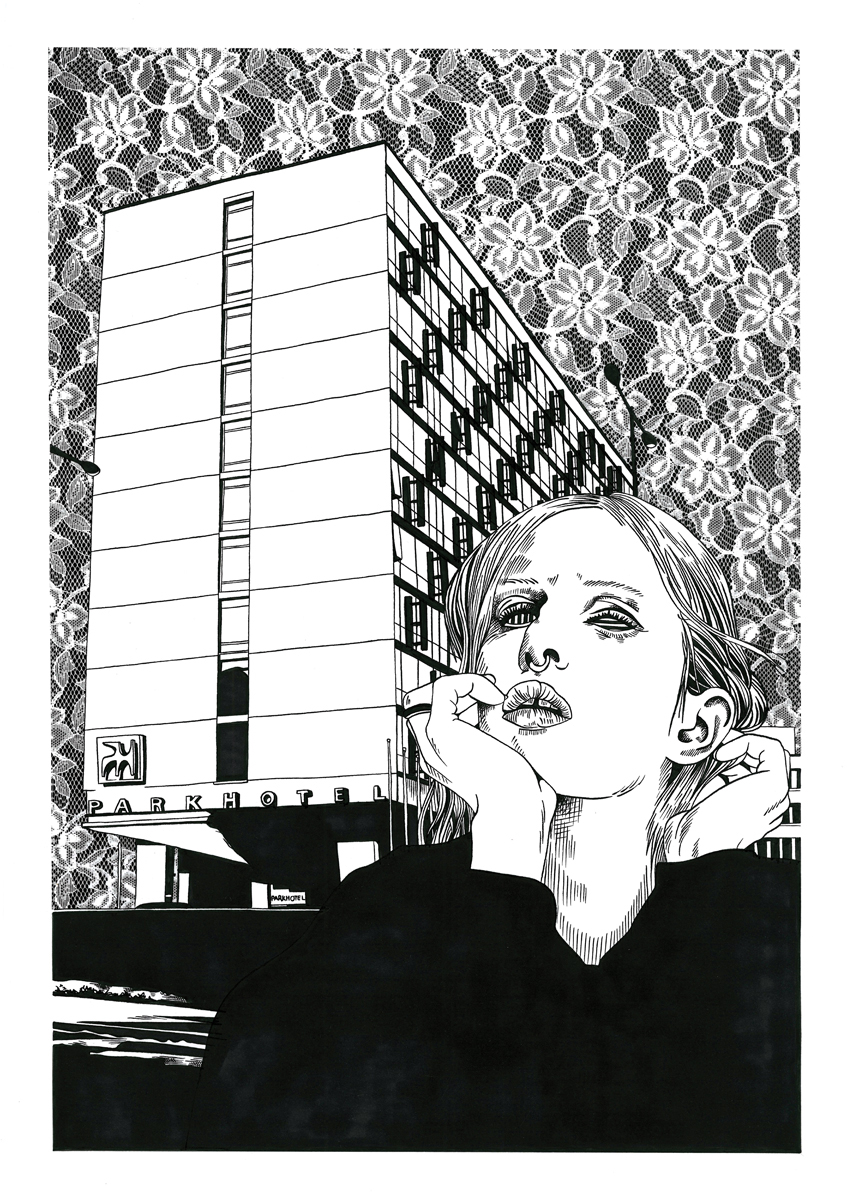
Matthieu Manche
Sekaido (Praha 08), 2015
ink and screentone on paper
14 1/4 x 10 1/4 in (36.3 x 25.7 cm)
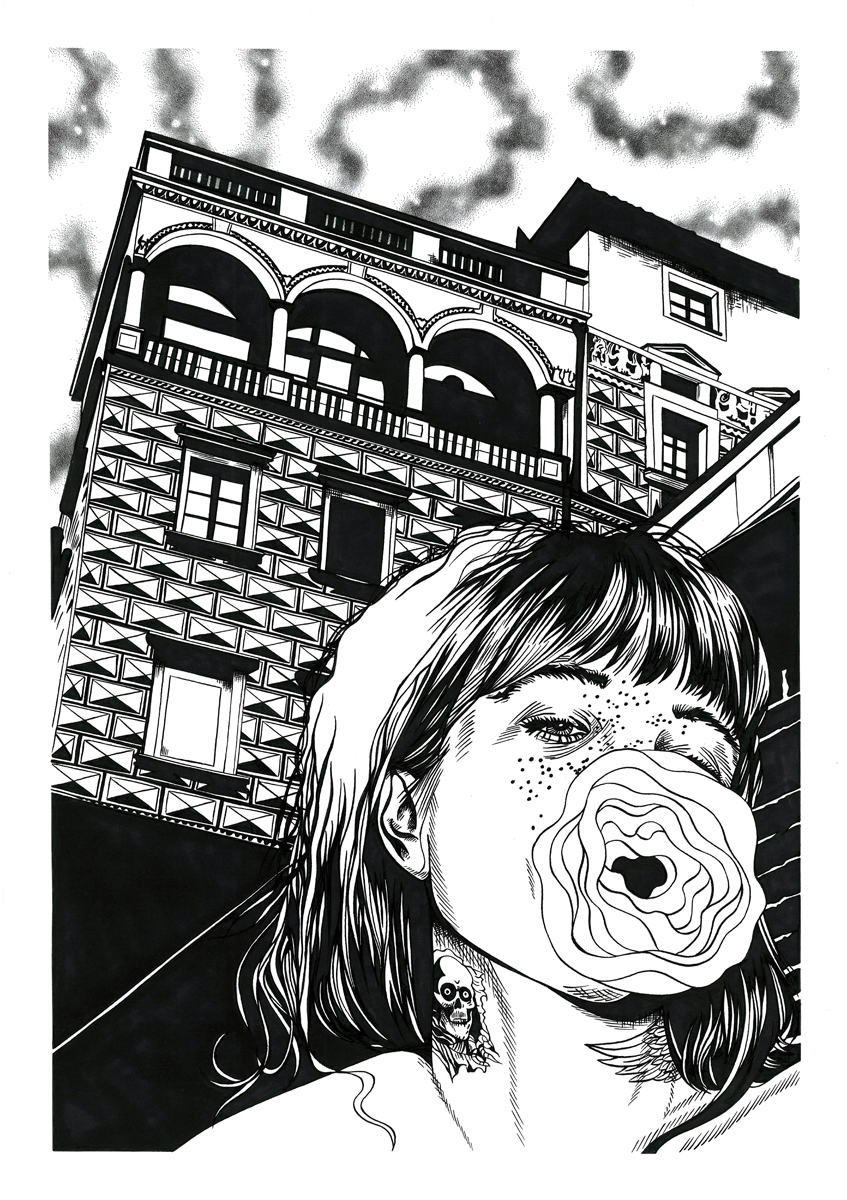
Matthieu Manche
Sekaido (Praha 09), 2015
ink and screentone on paper
14 1/4 x 10 1/4 in (36.3 x 25.7 cm)

Matthieu Manche
Sekaido (Praha 11), 2015
ink and screentone on paper
14 1/4 x 10 1/4 in (36.3 x 25.7 cm)
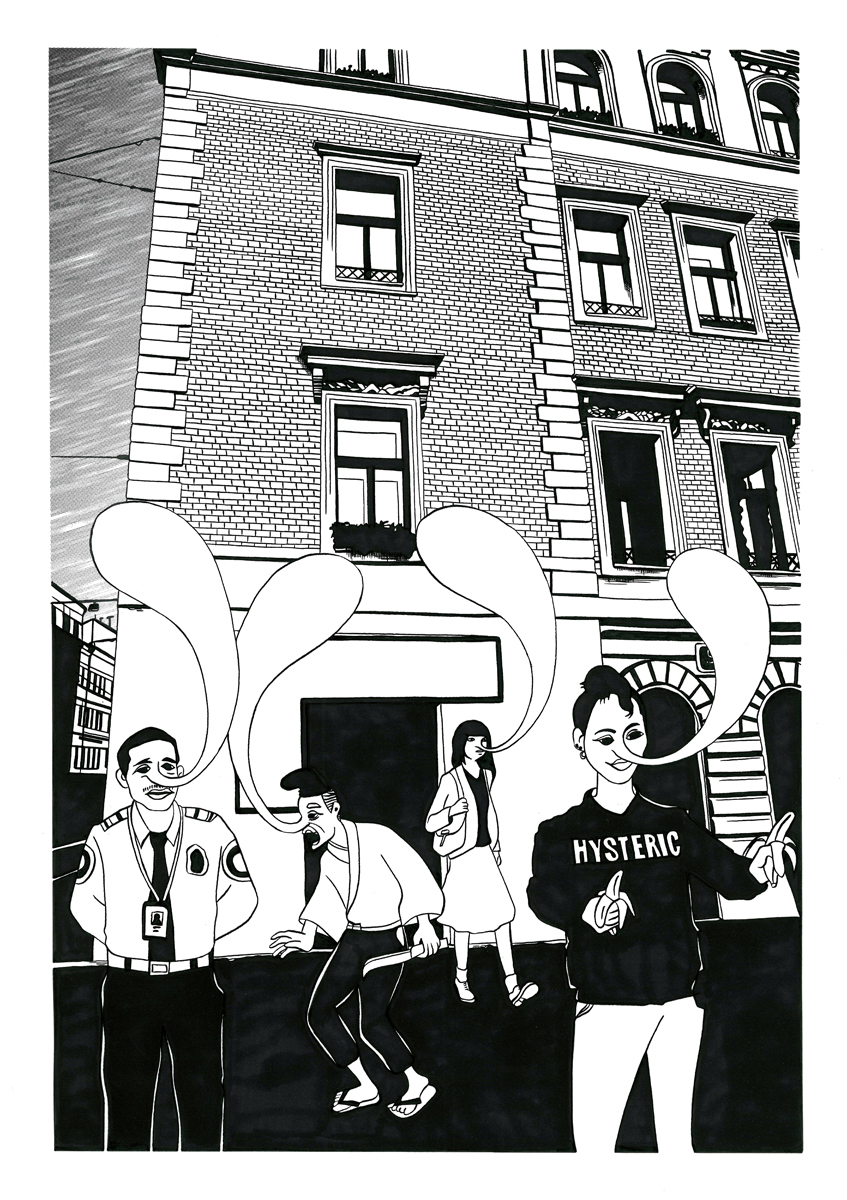
Matthieu Manche
Sekaido (Praha 13), 2015
ink and screentone on paper
14 1/4 x 10 1/4 in (36.3 x 25.7 cm)
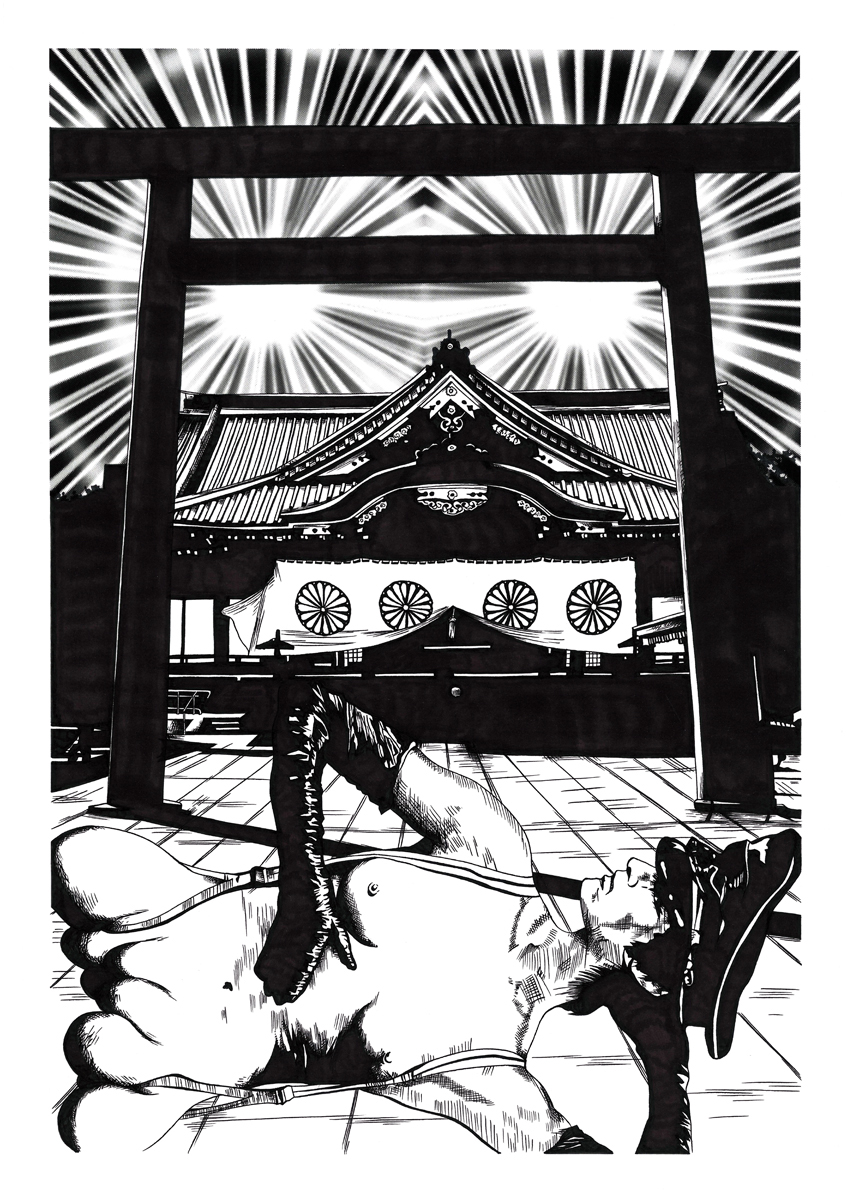
Matthieu Manche
Sekaido (Tokyo 07), 2010
ink and screentone on paper
14 1/4 x 10 1/4 in (36.3 x 25.7 cm)

Matthieu Manche
Sekaido (Tokyo 13), 2010
ink and screentone on paper
14 1/4 x 10 1/4 in (36.3 x 25.7 cm)
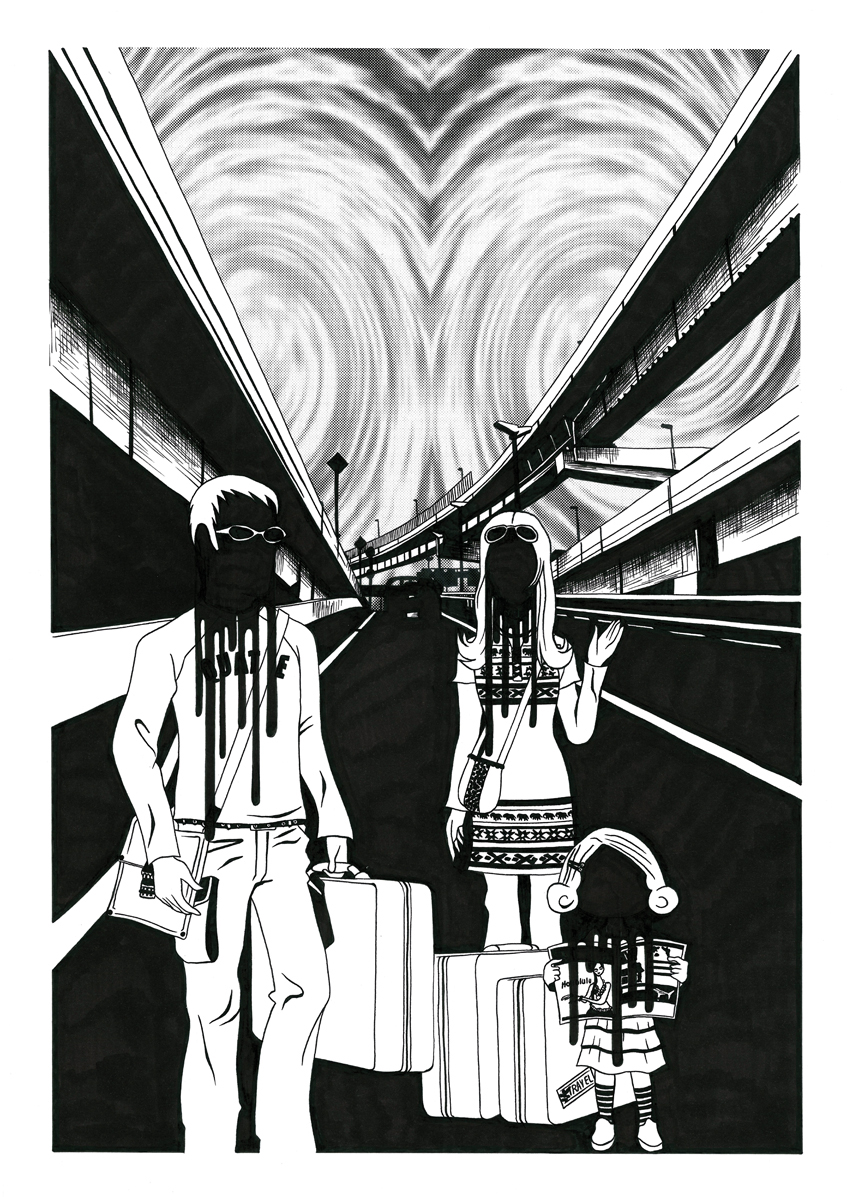
Matthieu Manche
Sekaido (Tokyo 15), 2010
ink and screentone on paper
14 1/4 x 10 1/4 in (36.3 x 25.7 cm)

Matthieu Manche
Sekaido (Tokyo 19), 2010
ink and screentone on paper
14 1/4 x 10 1/4 in (36.3 x 25.7 cm)

Matthieu Manche
Sekaido (Tokyo 20), 2010
ink and screentone on paper
14 1/4 x 10 1/4 in (36.3 x 25.7 cm)
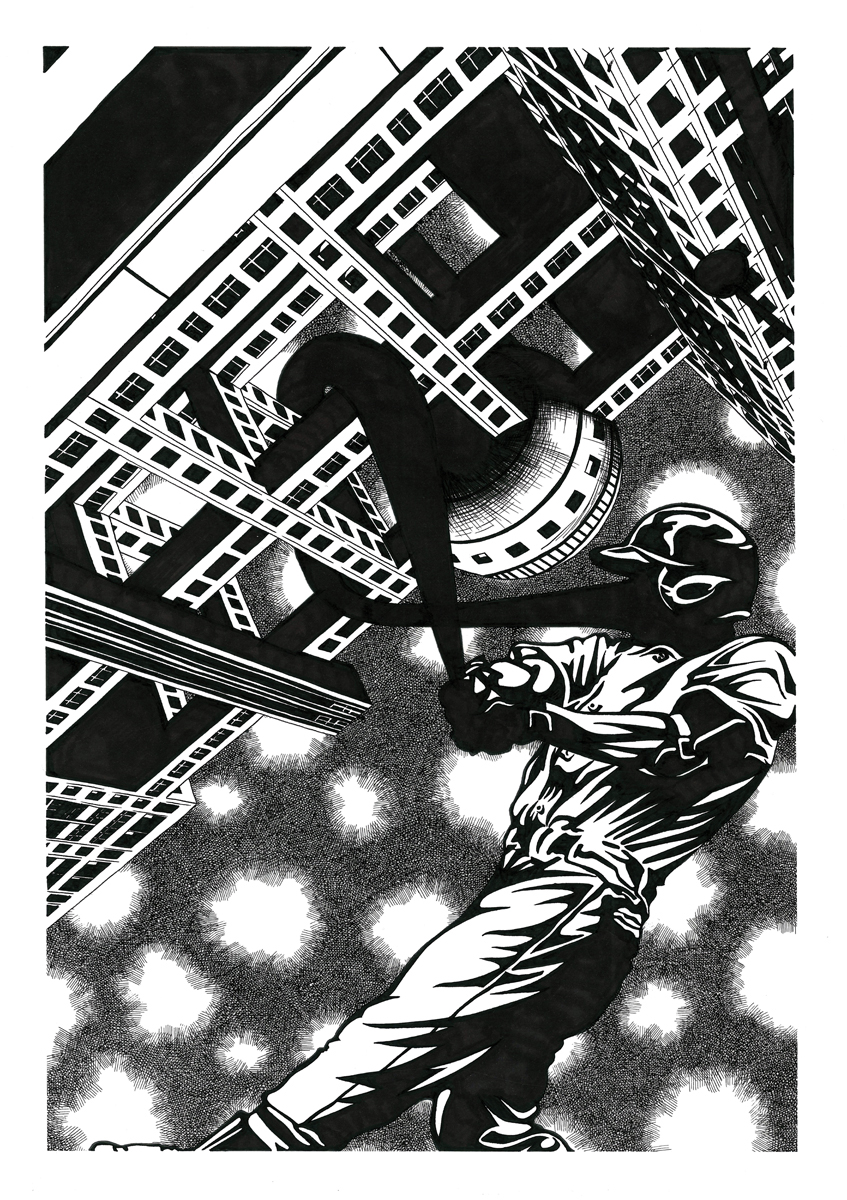
Matthieu Manche
Sekaido (Tokyo 22), 2010
ink and screentone on paper
14 1/4 x 10 1/4 in (36.3 x 25.7 cm)
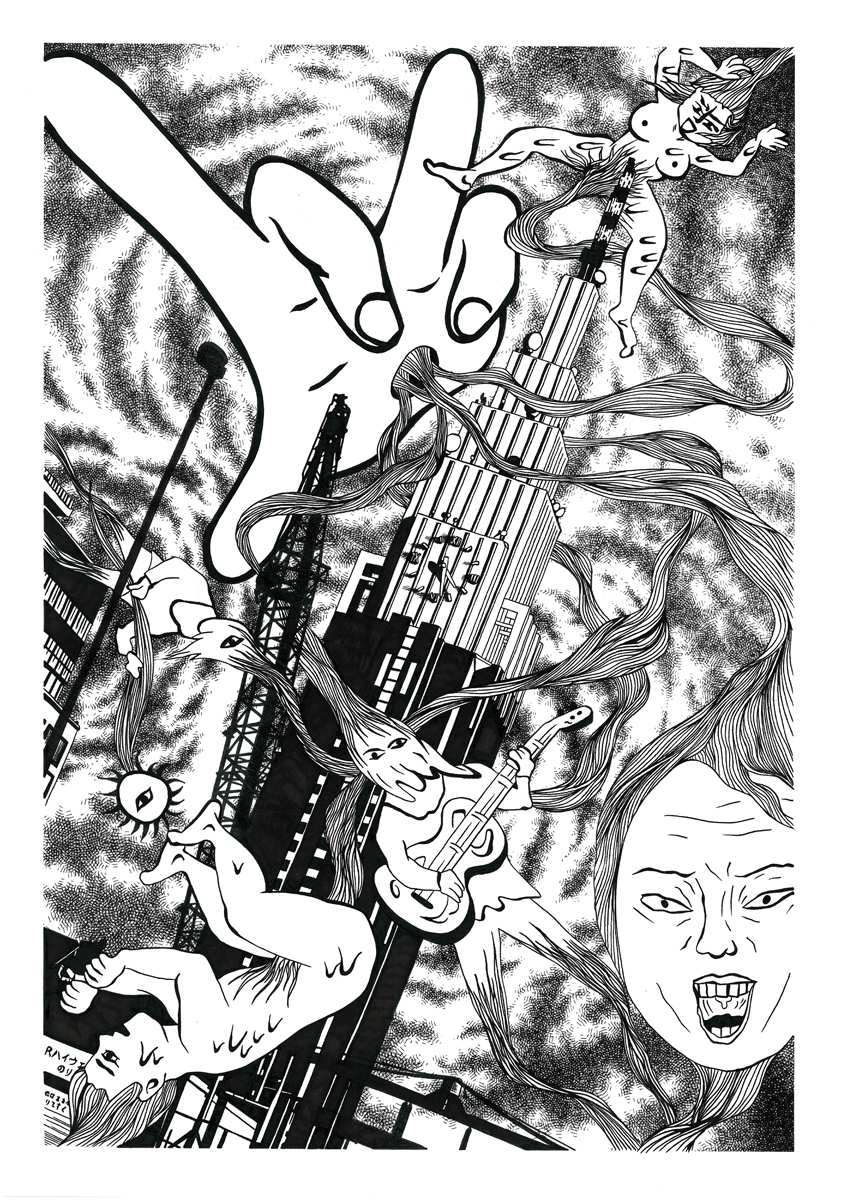
Matthieu Manche
Sekaido (Tokyo 24), 2010
ink and screentone on paper
14 1/4 x 10 1/4 in (36.3 x 25.7 cm)
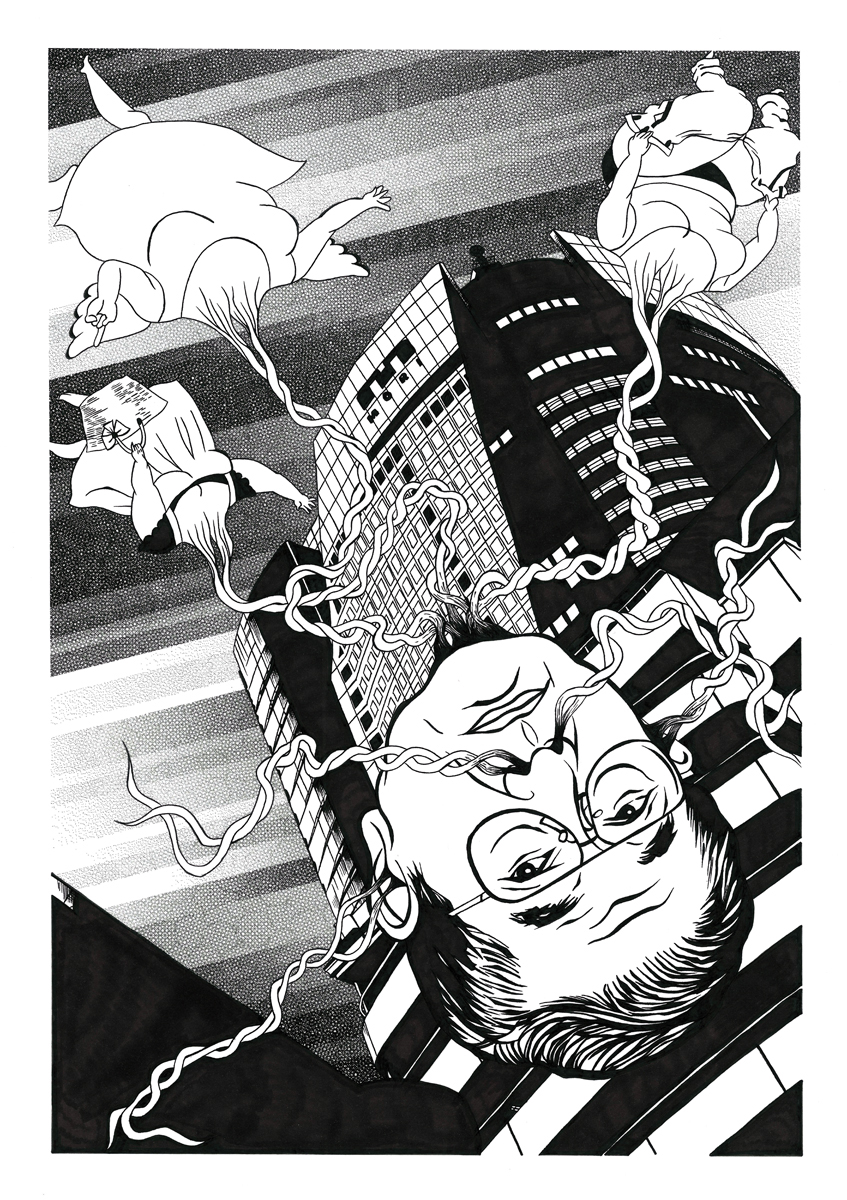
Matthieu Manche
Sekaido (Tokyo 25), 2010
ink and screentone on paper
14 1/4 x 10 1/4 in (36.3 x 25.7 cm)
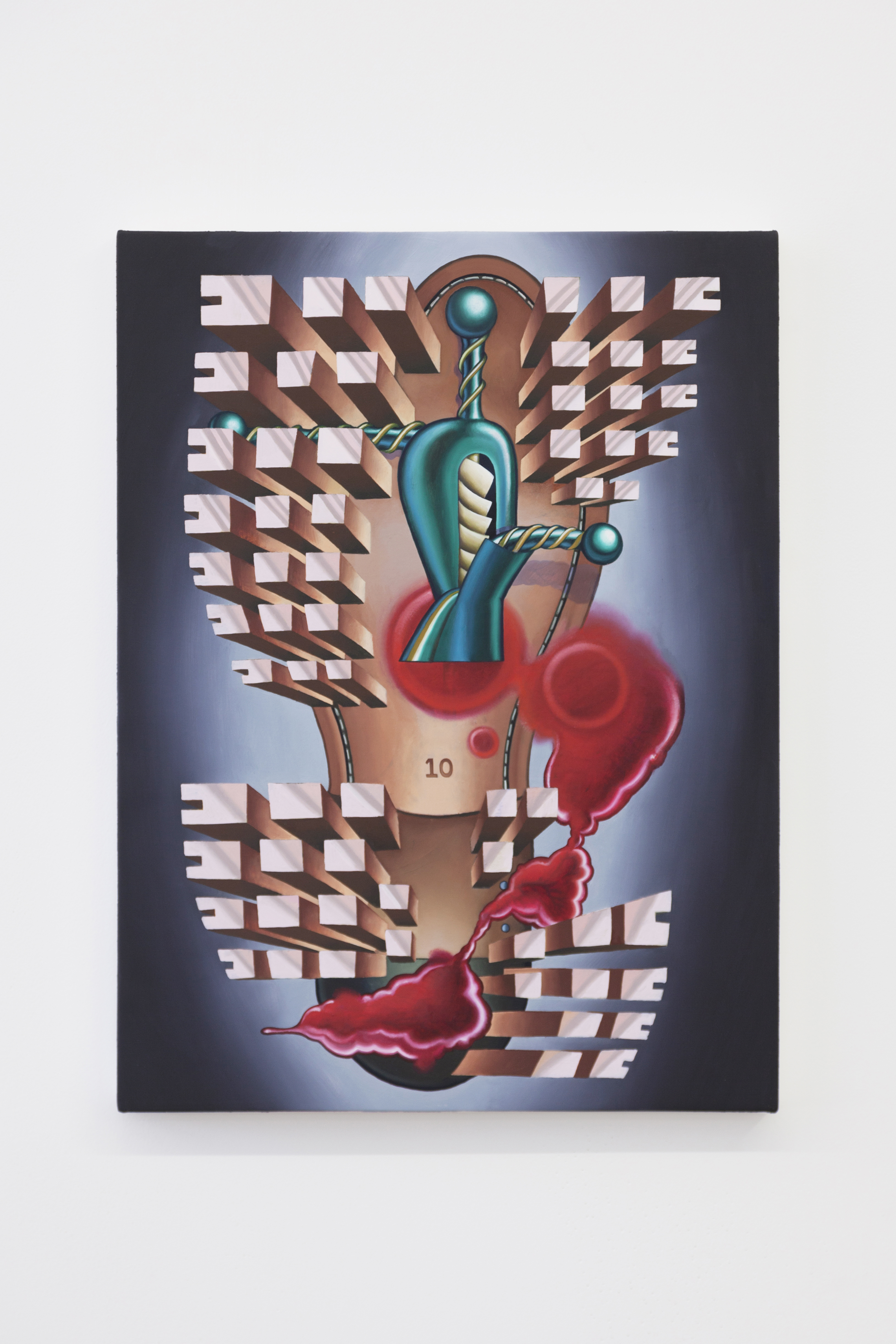
Orion Martin
Peppermill Orion, 2018
oil on canvas
20 x 15 in (51 x 38 cm)
